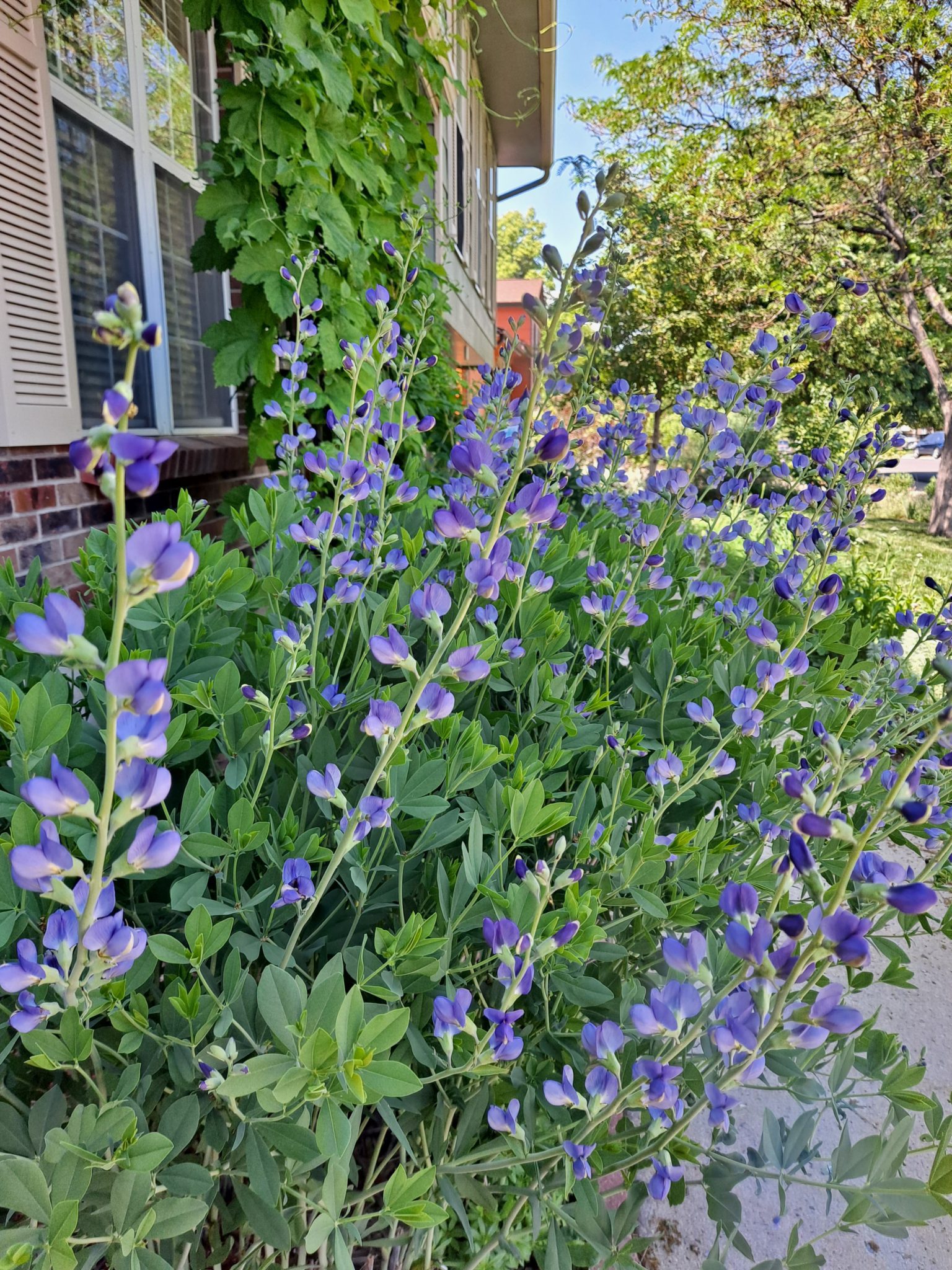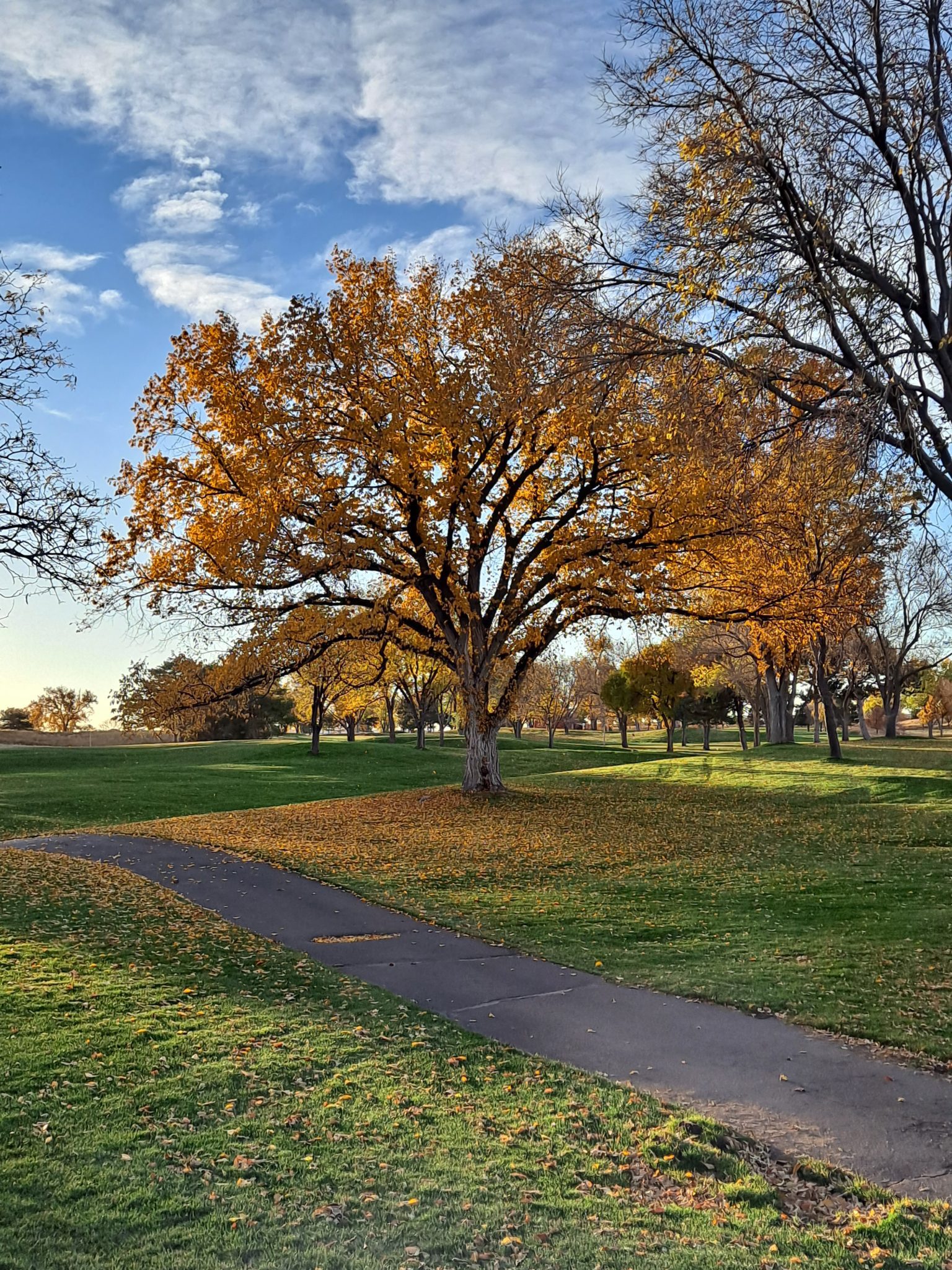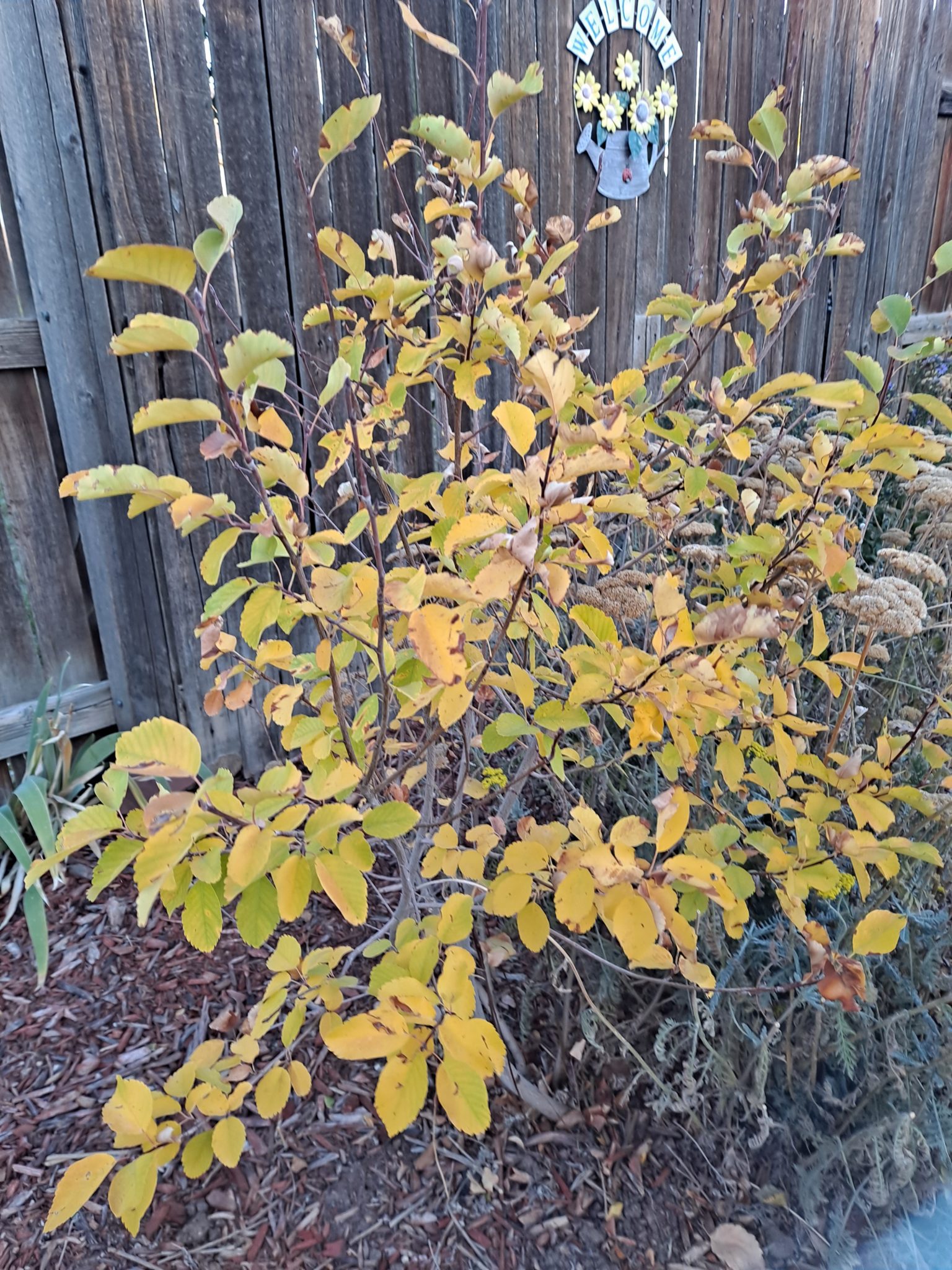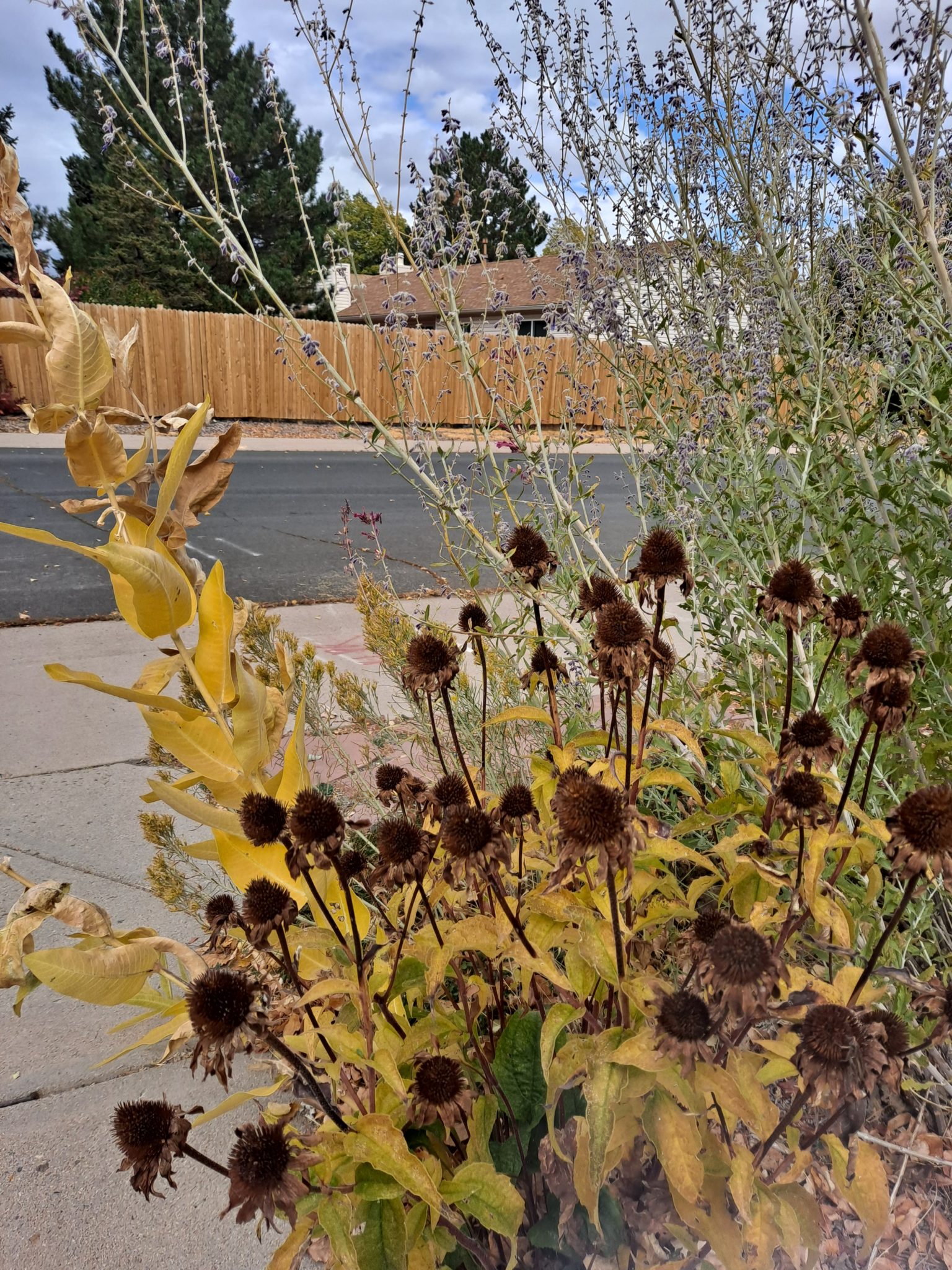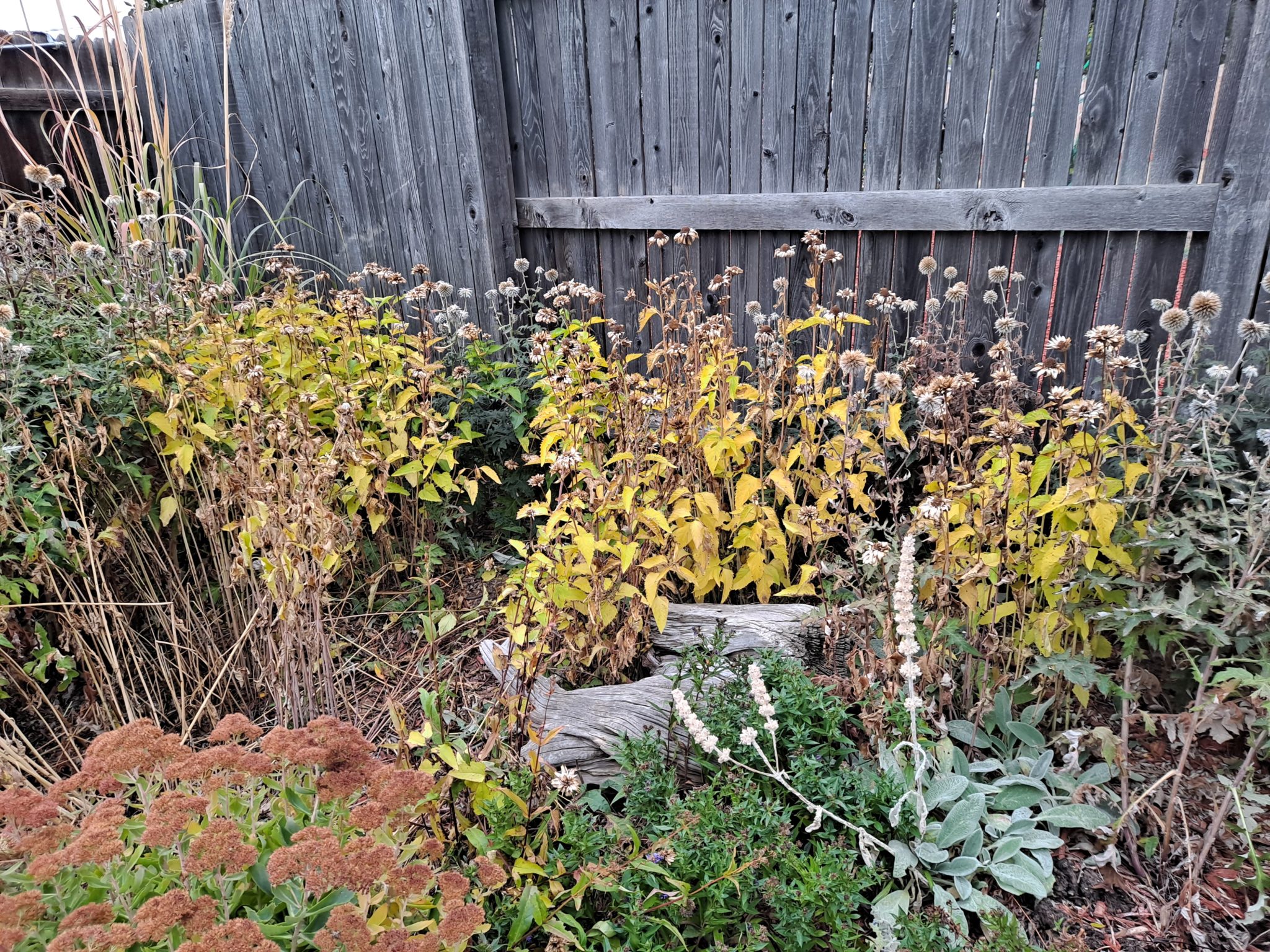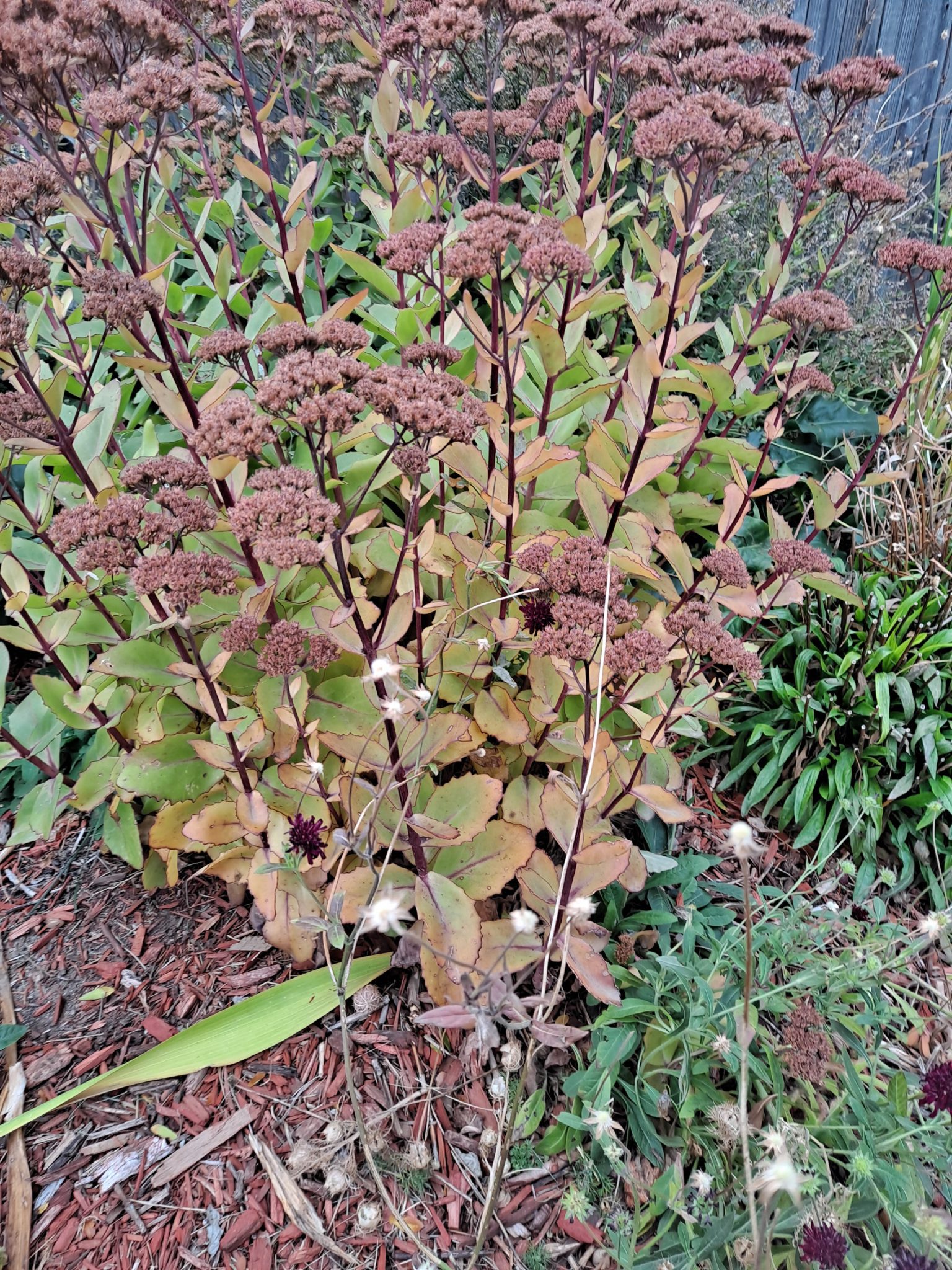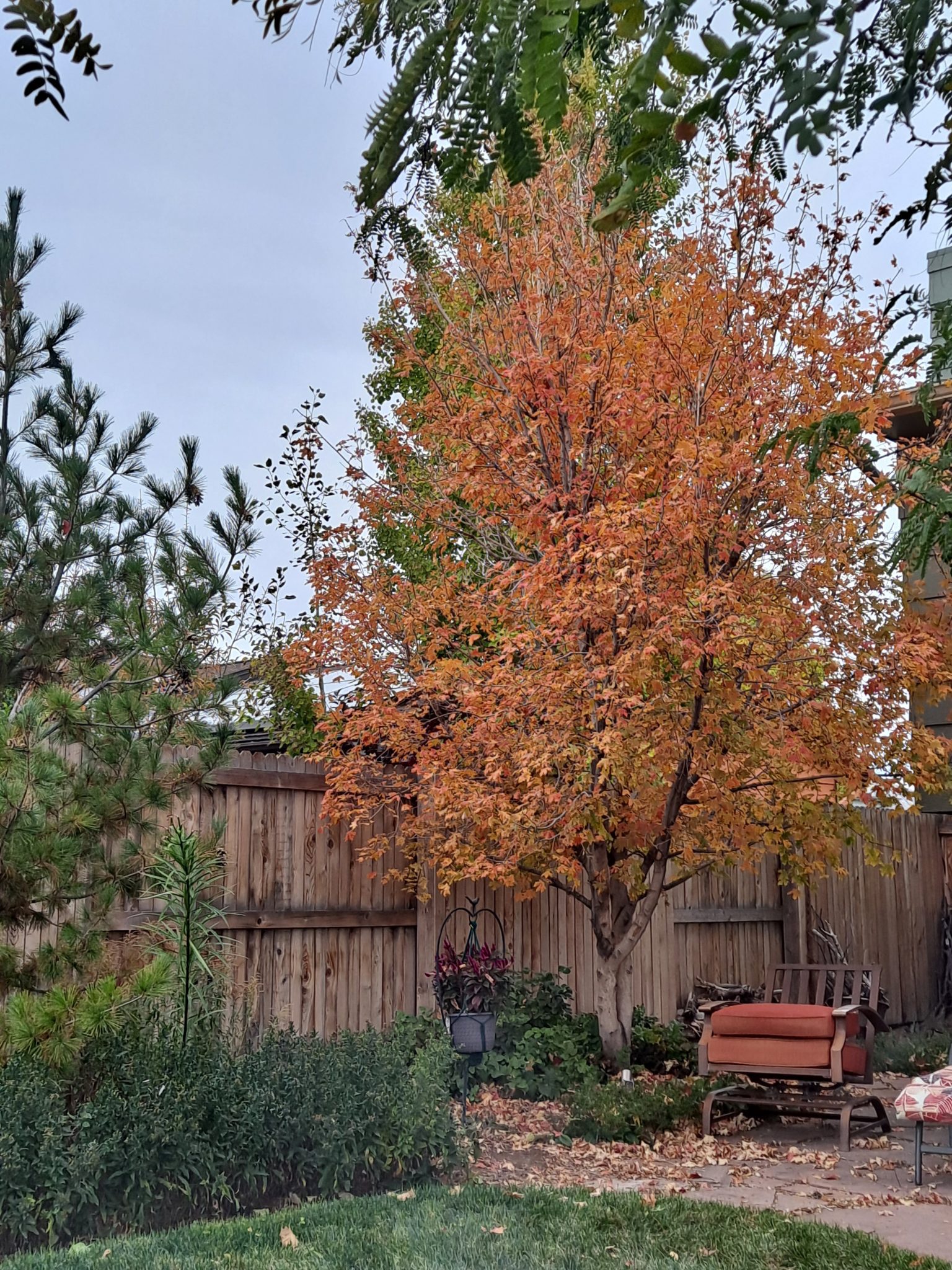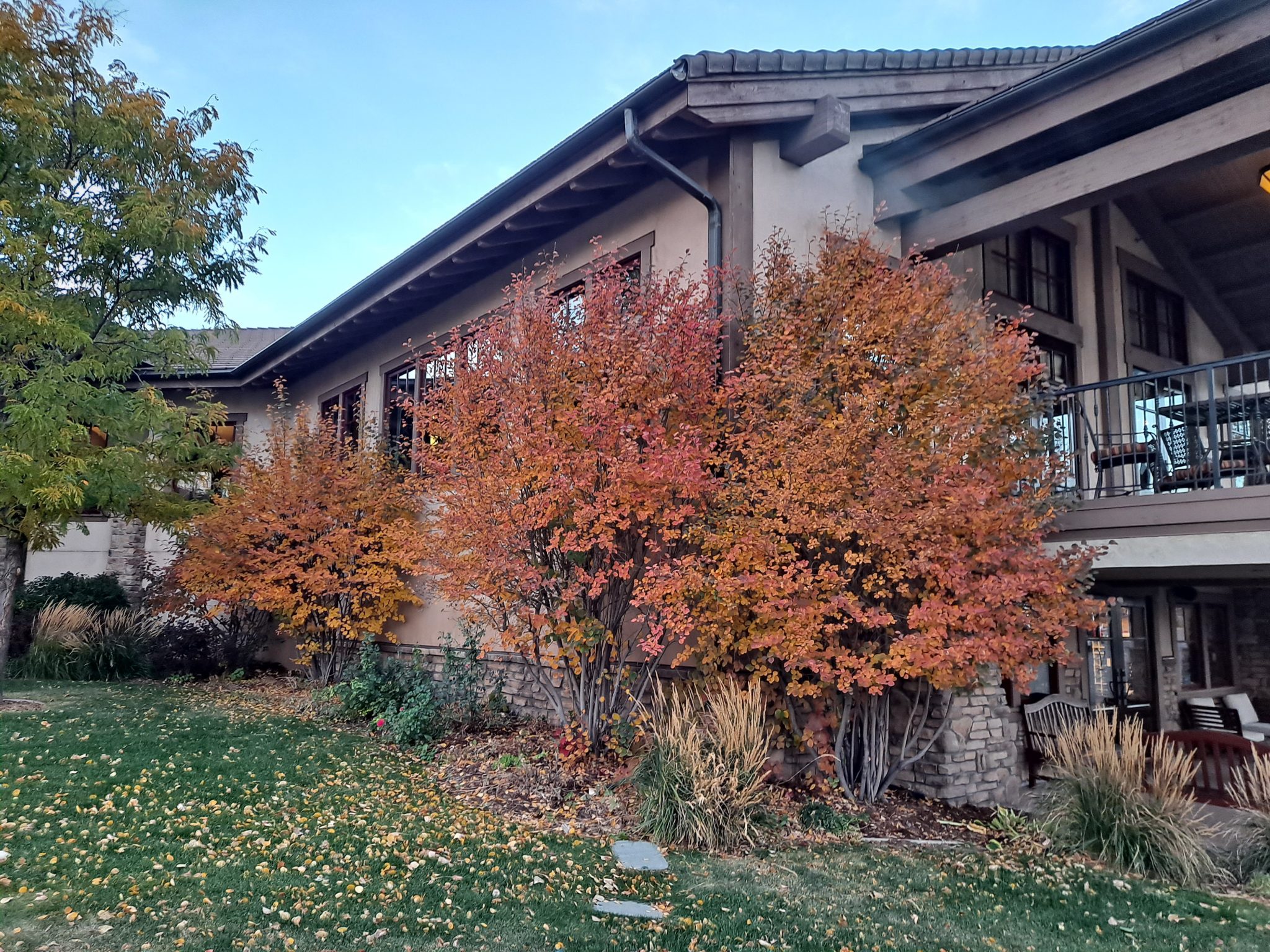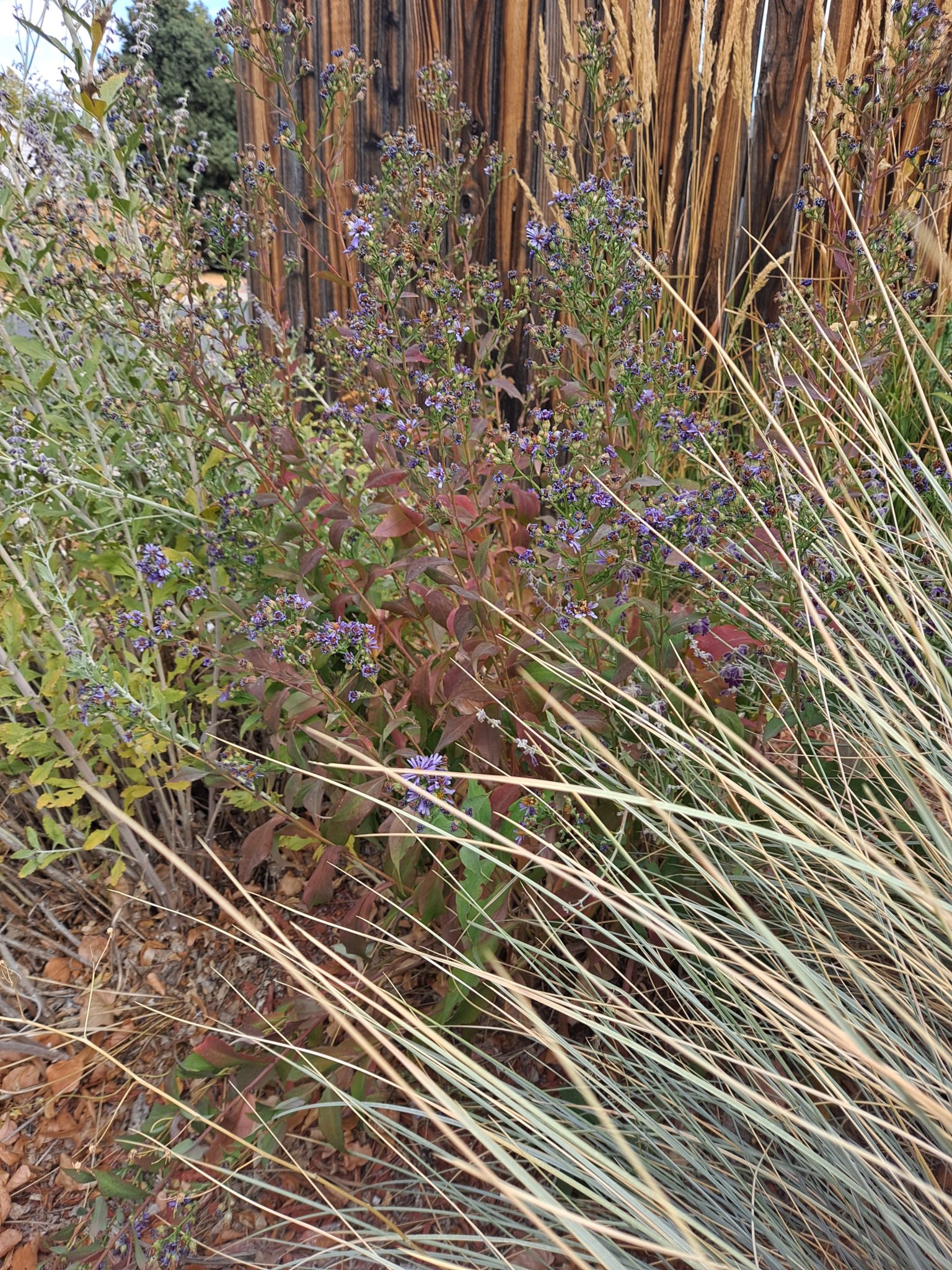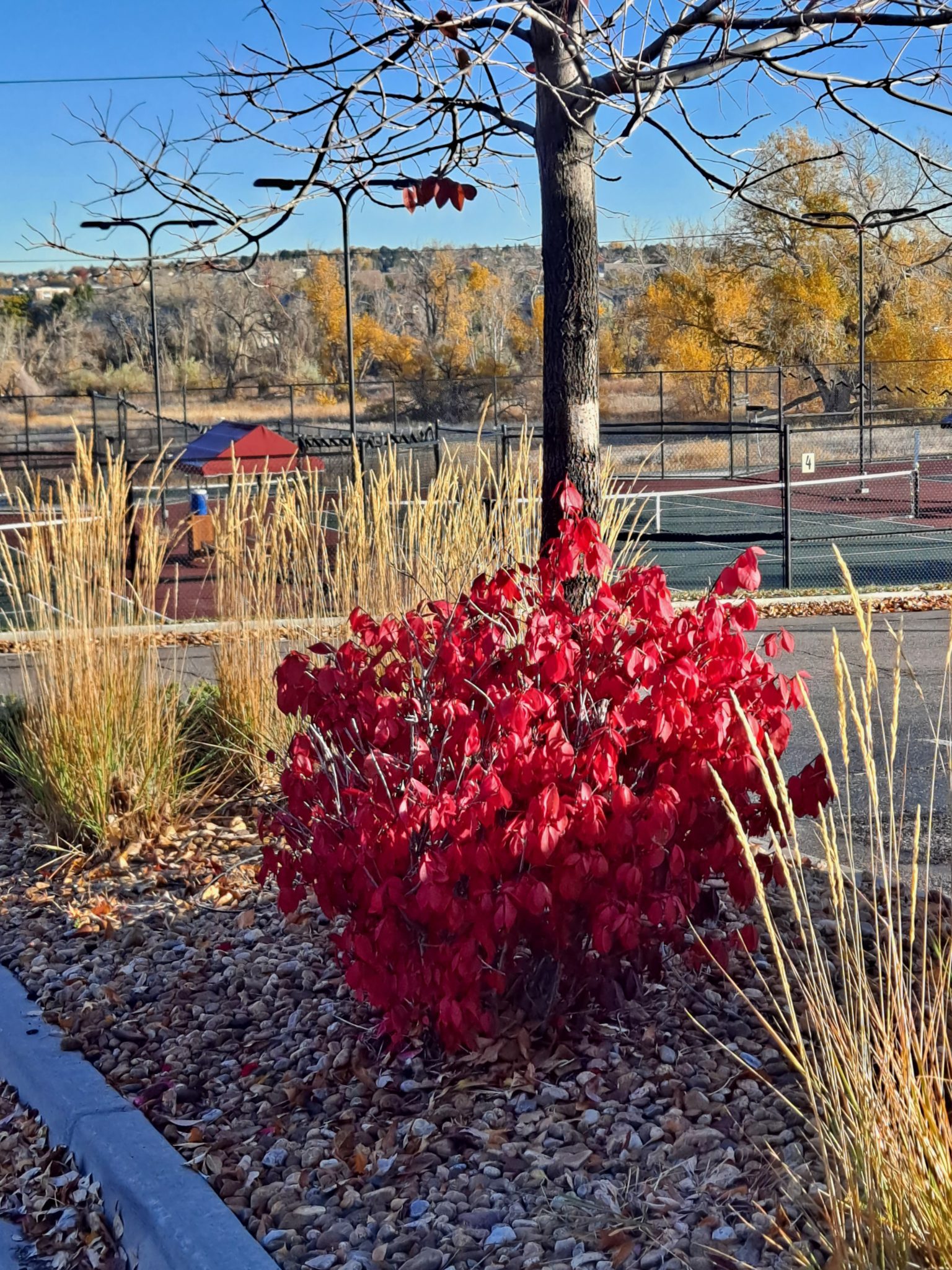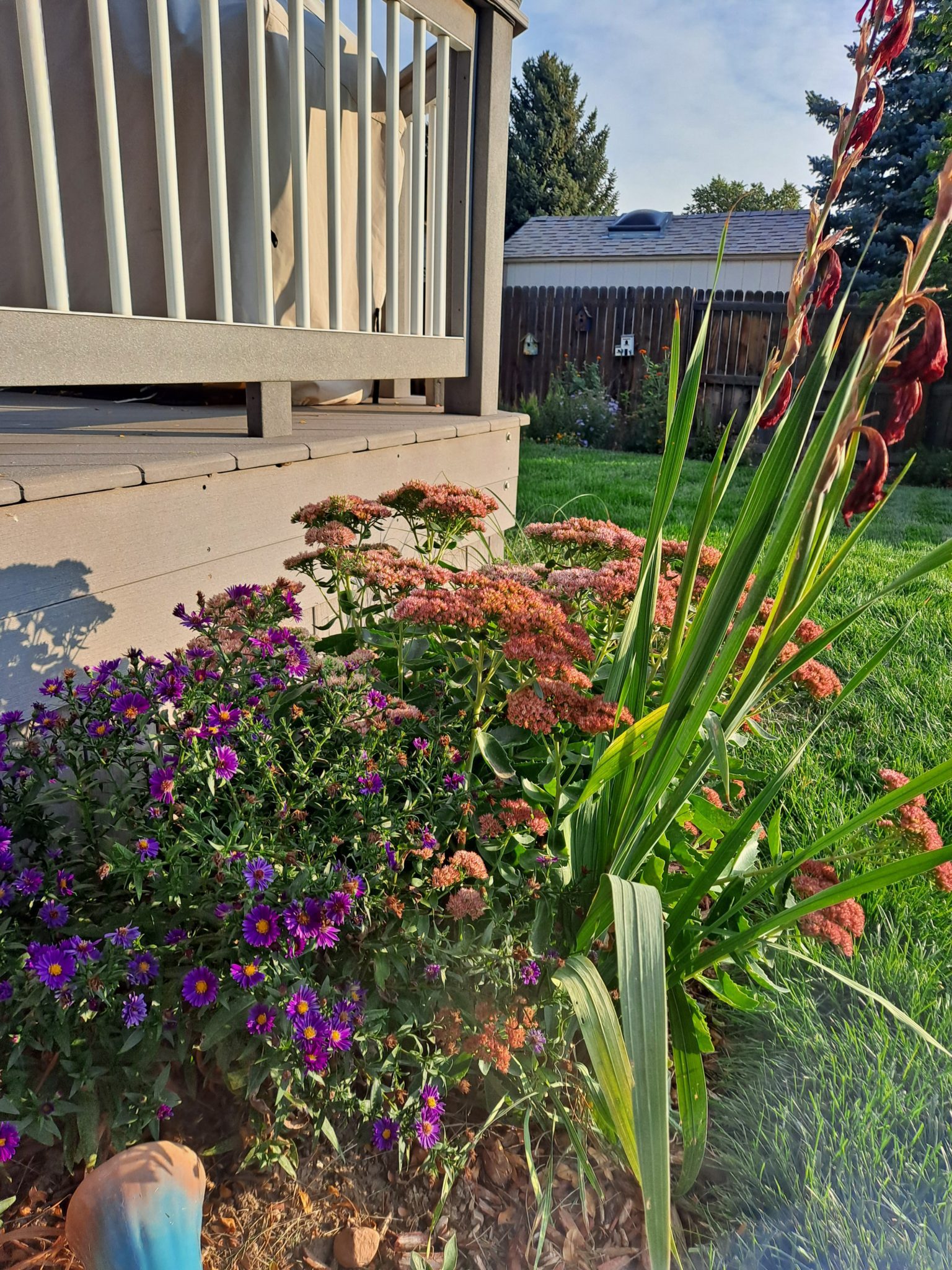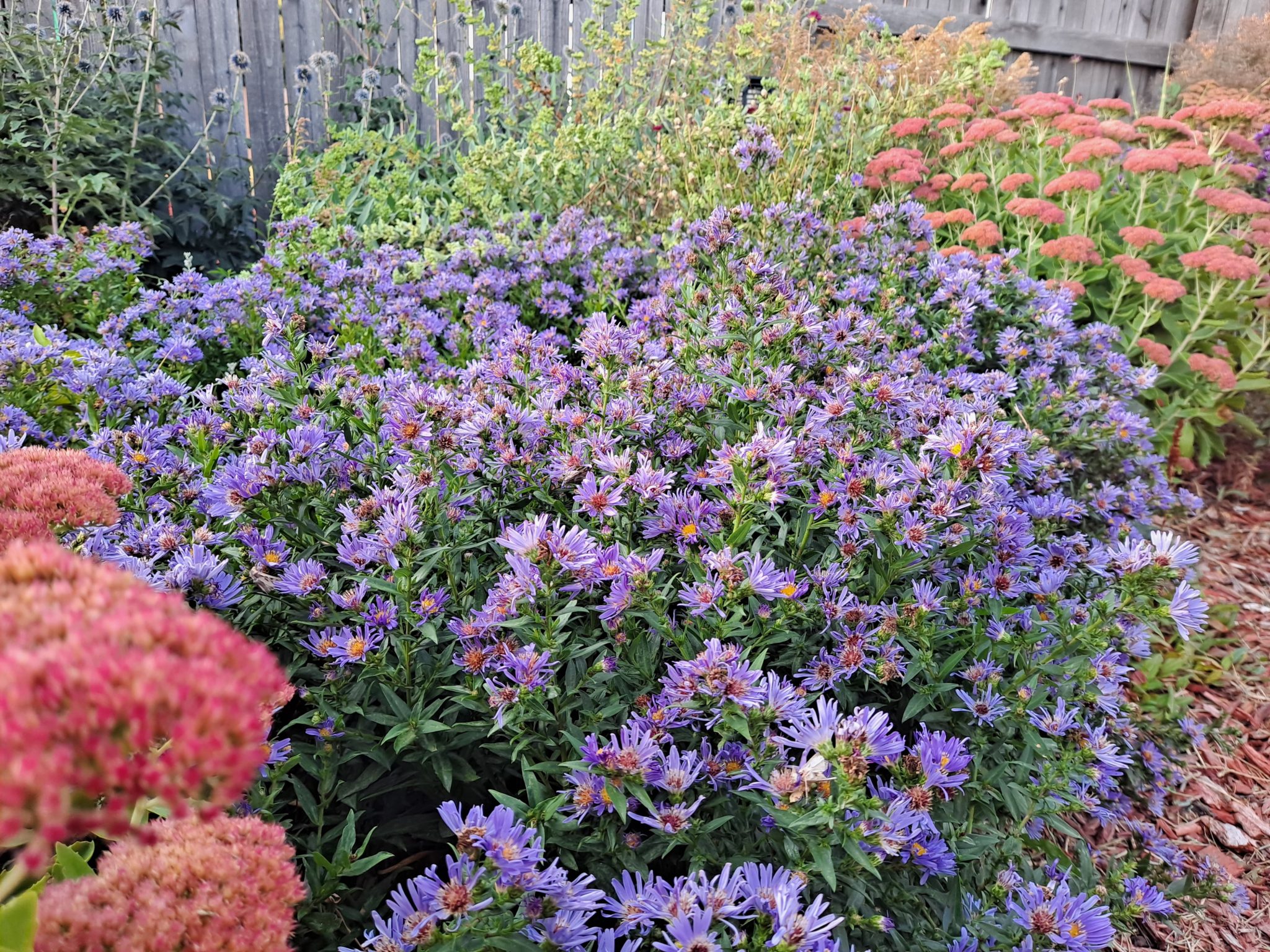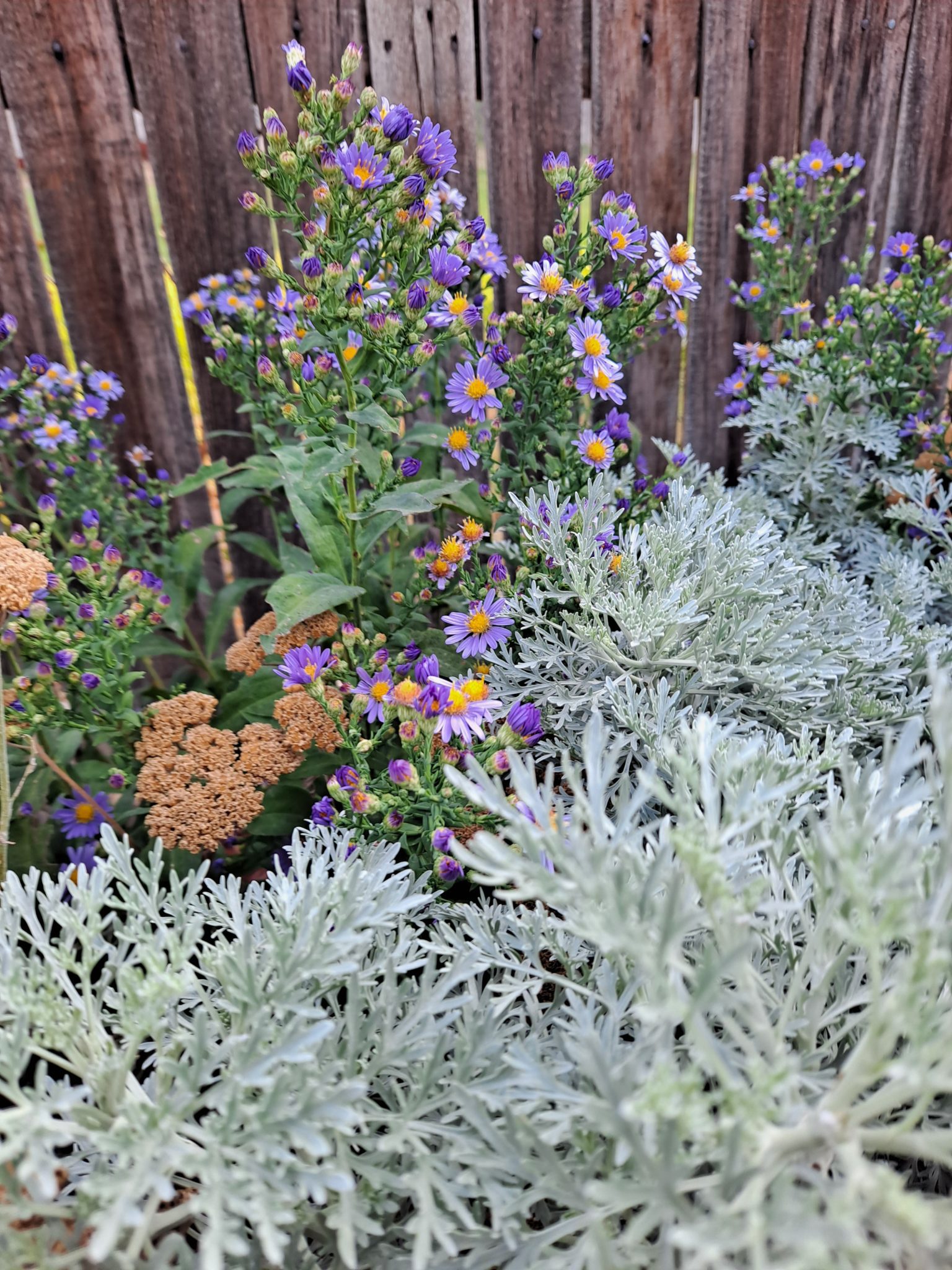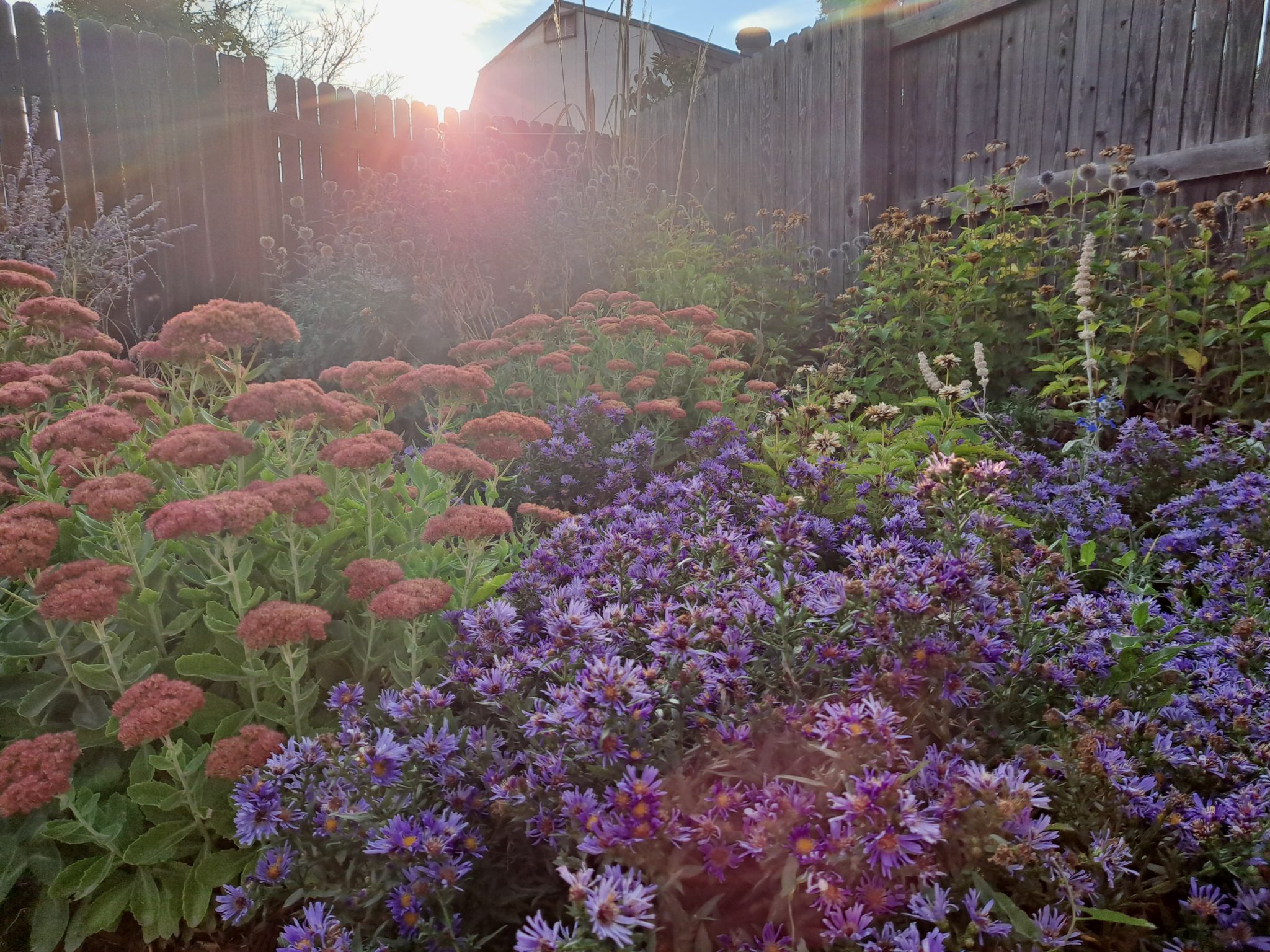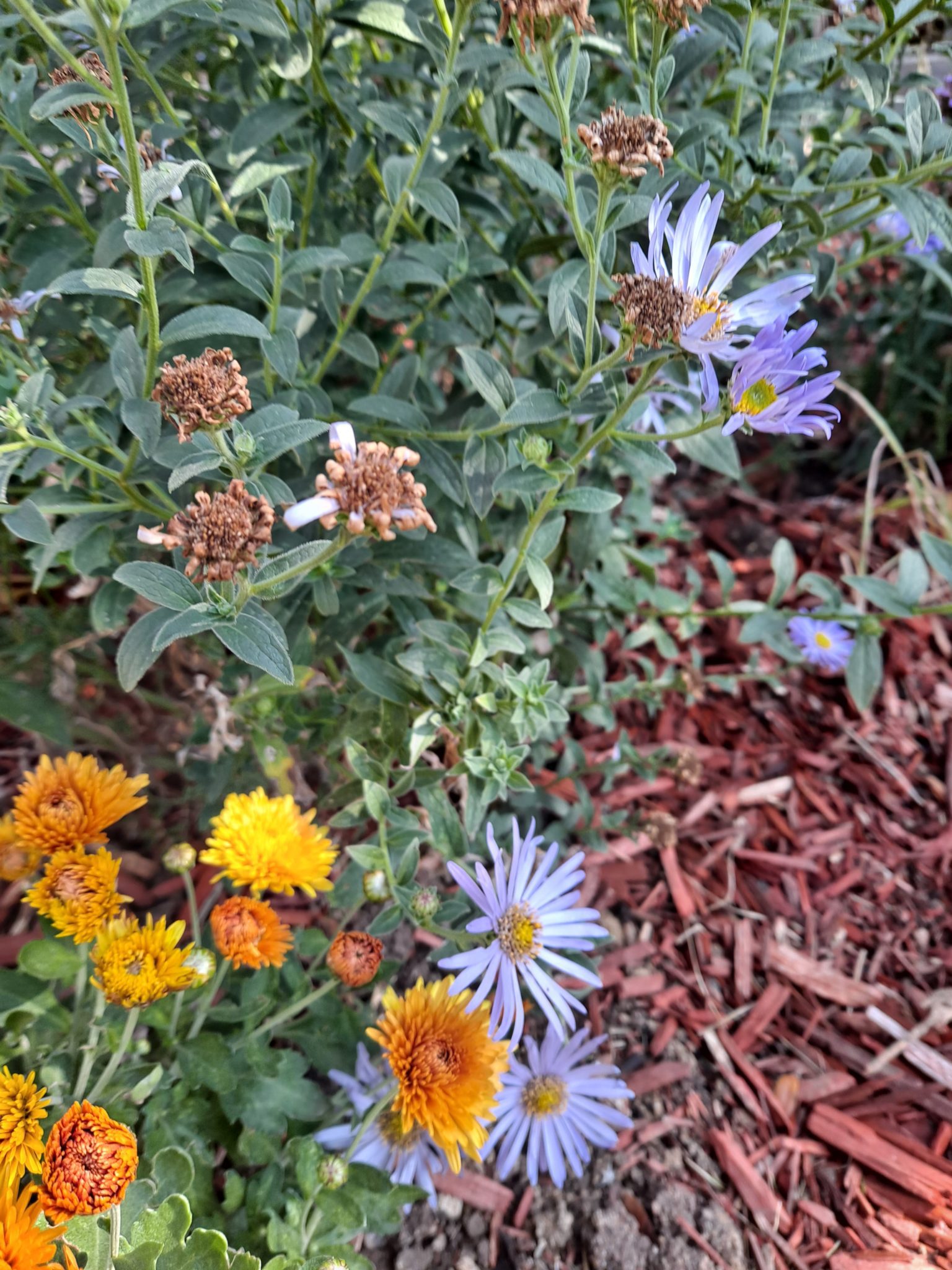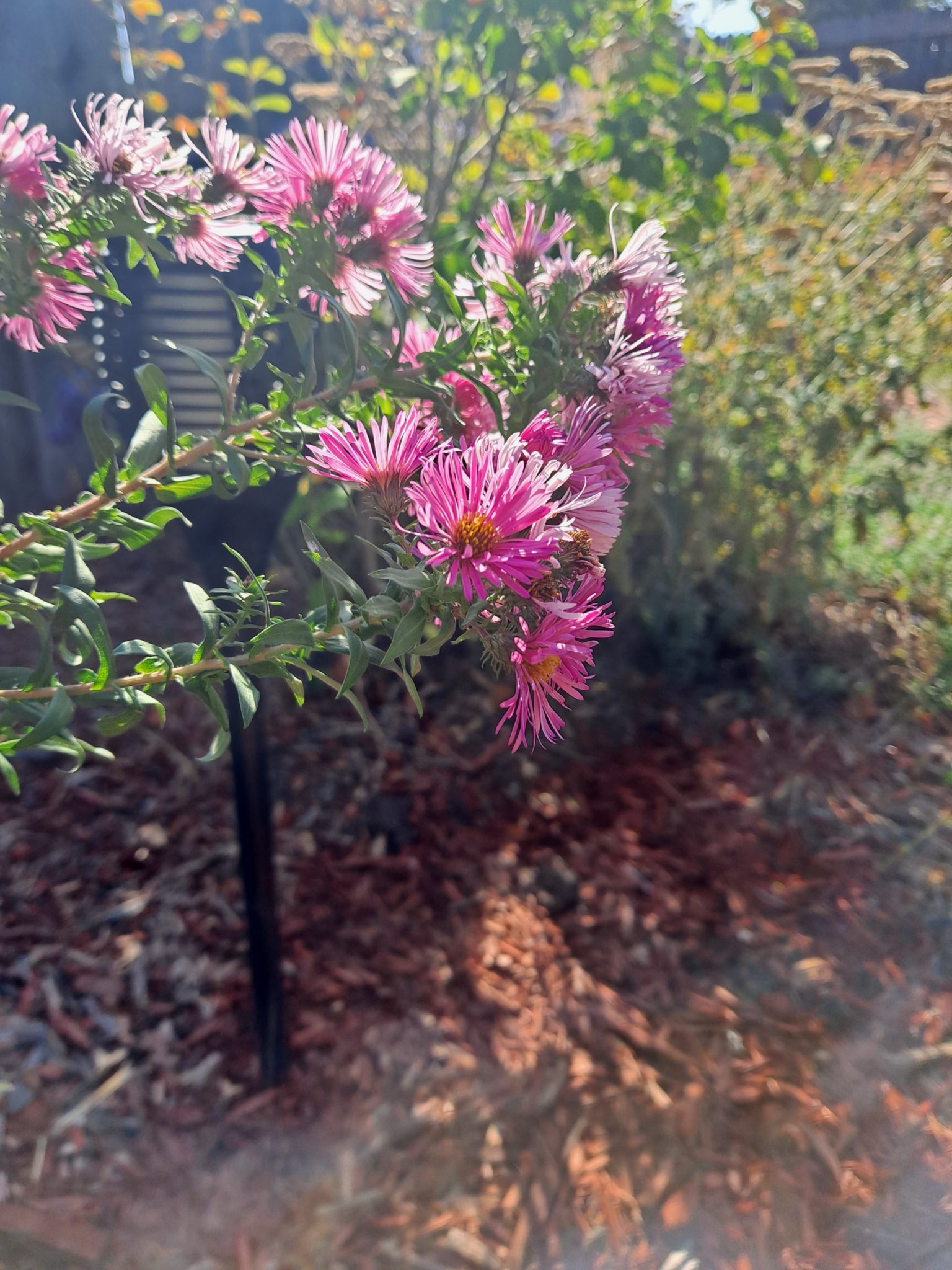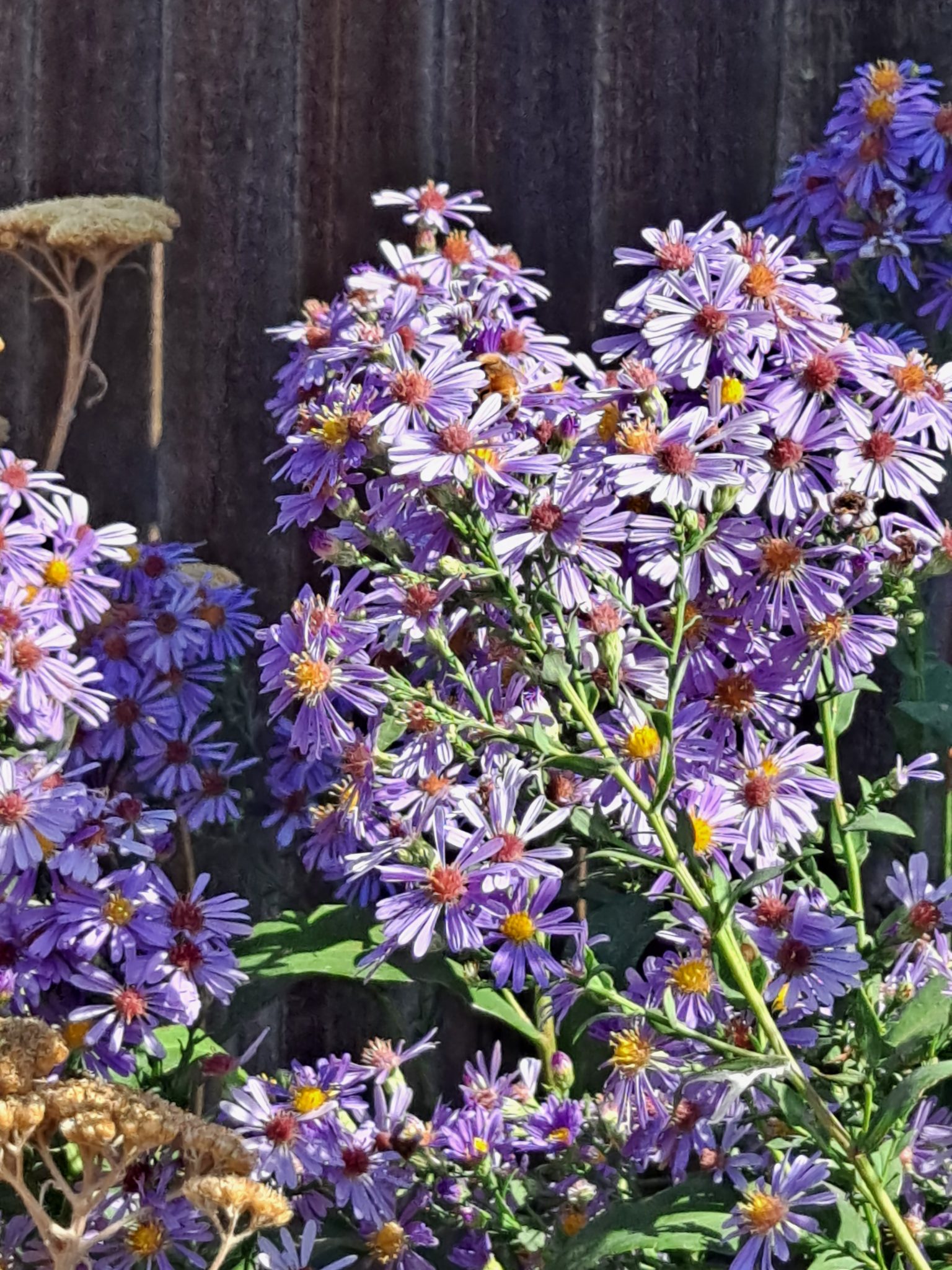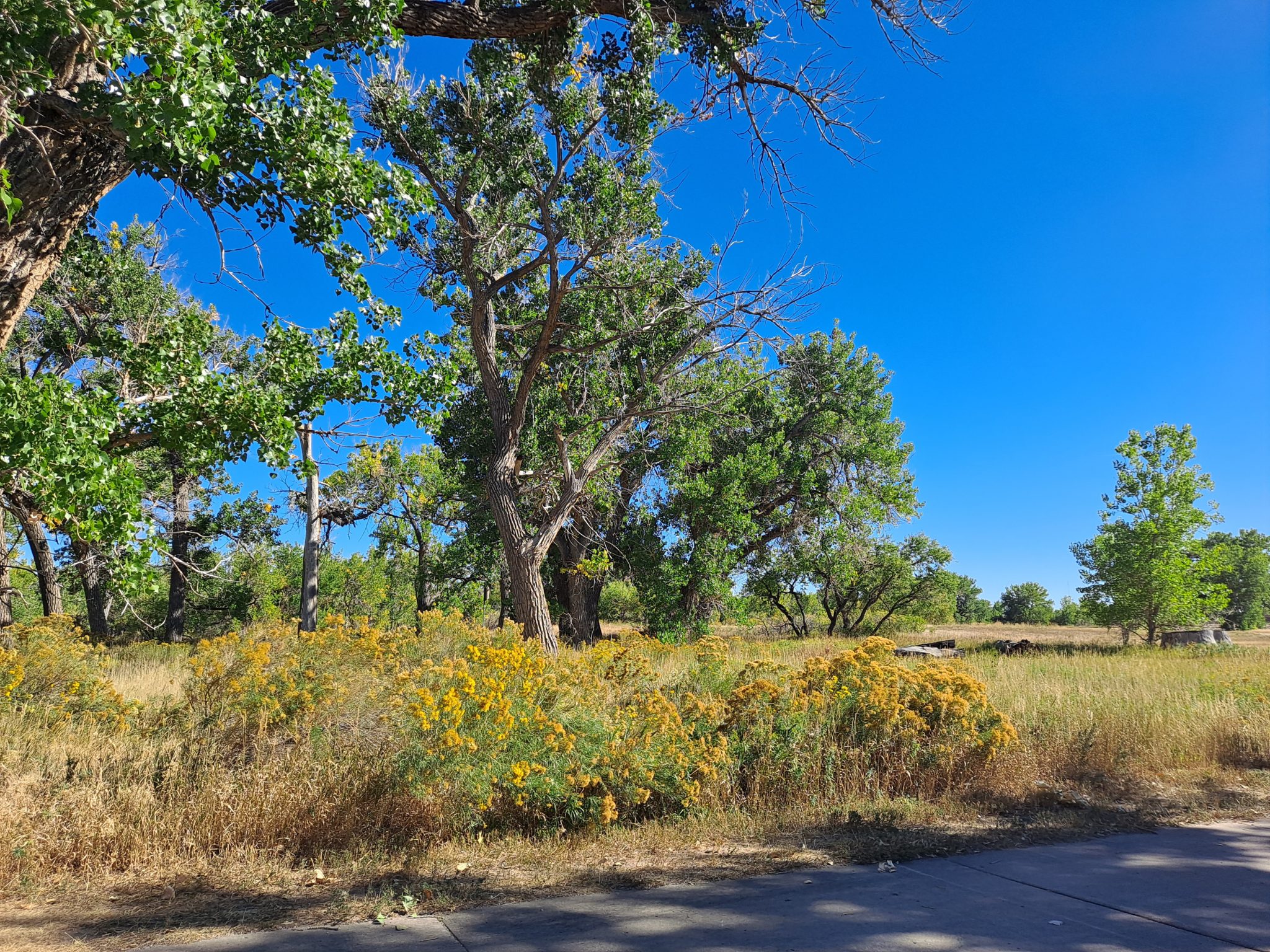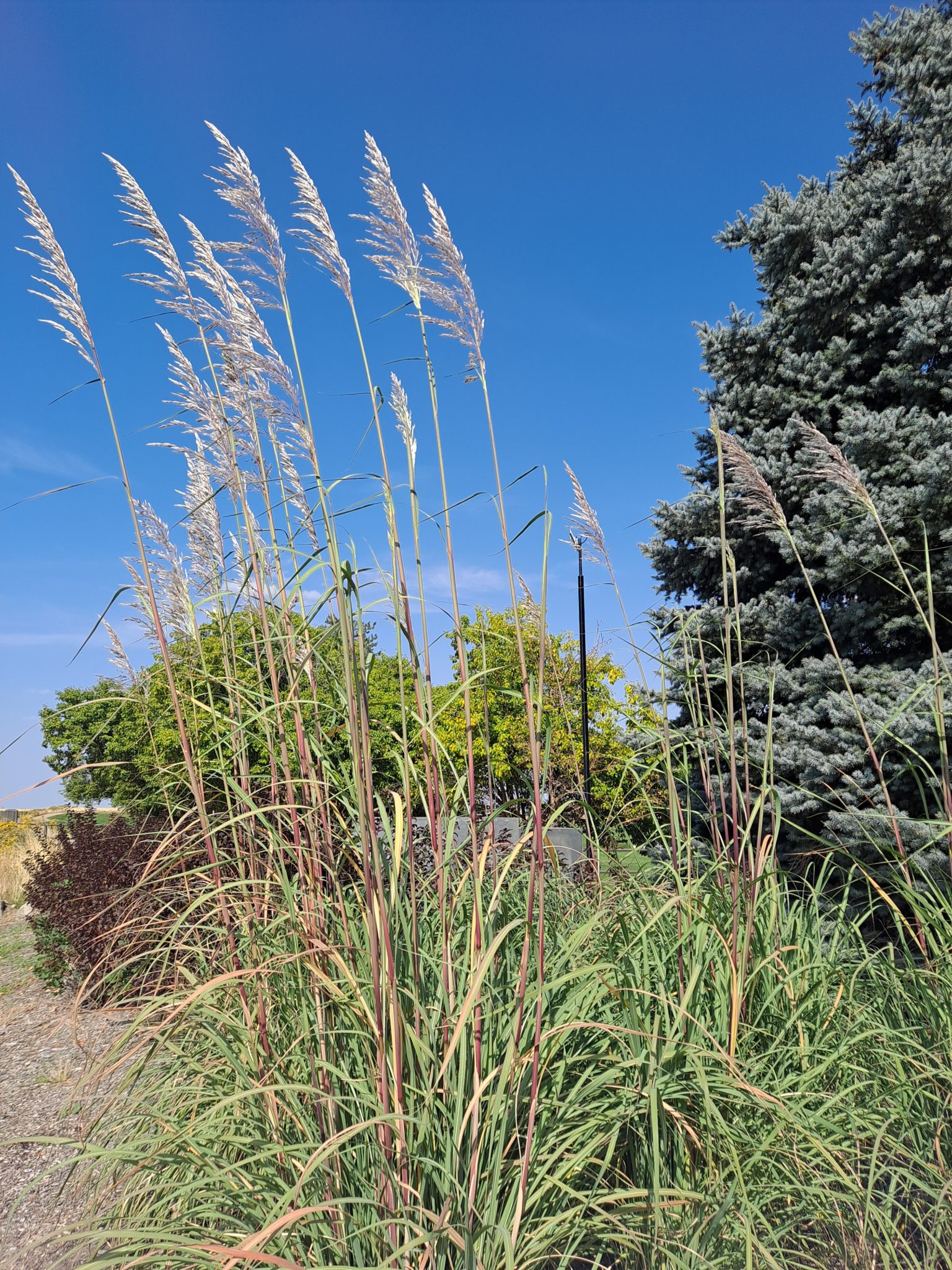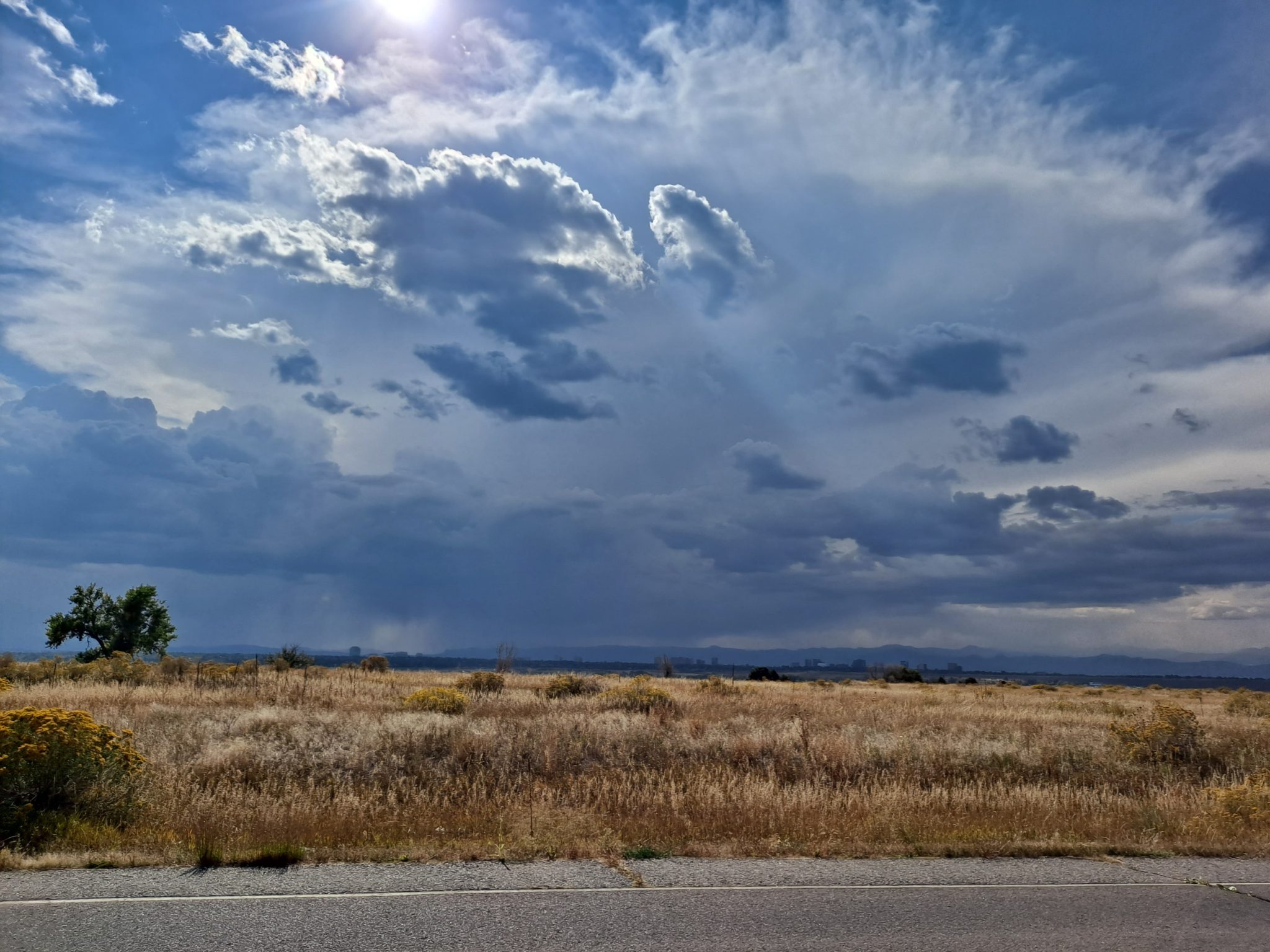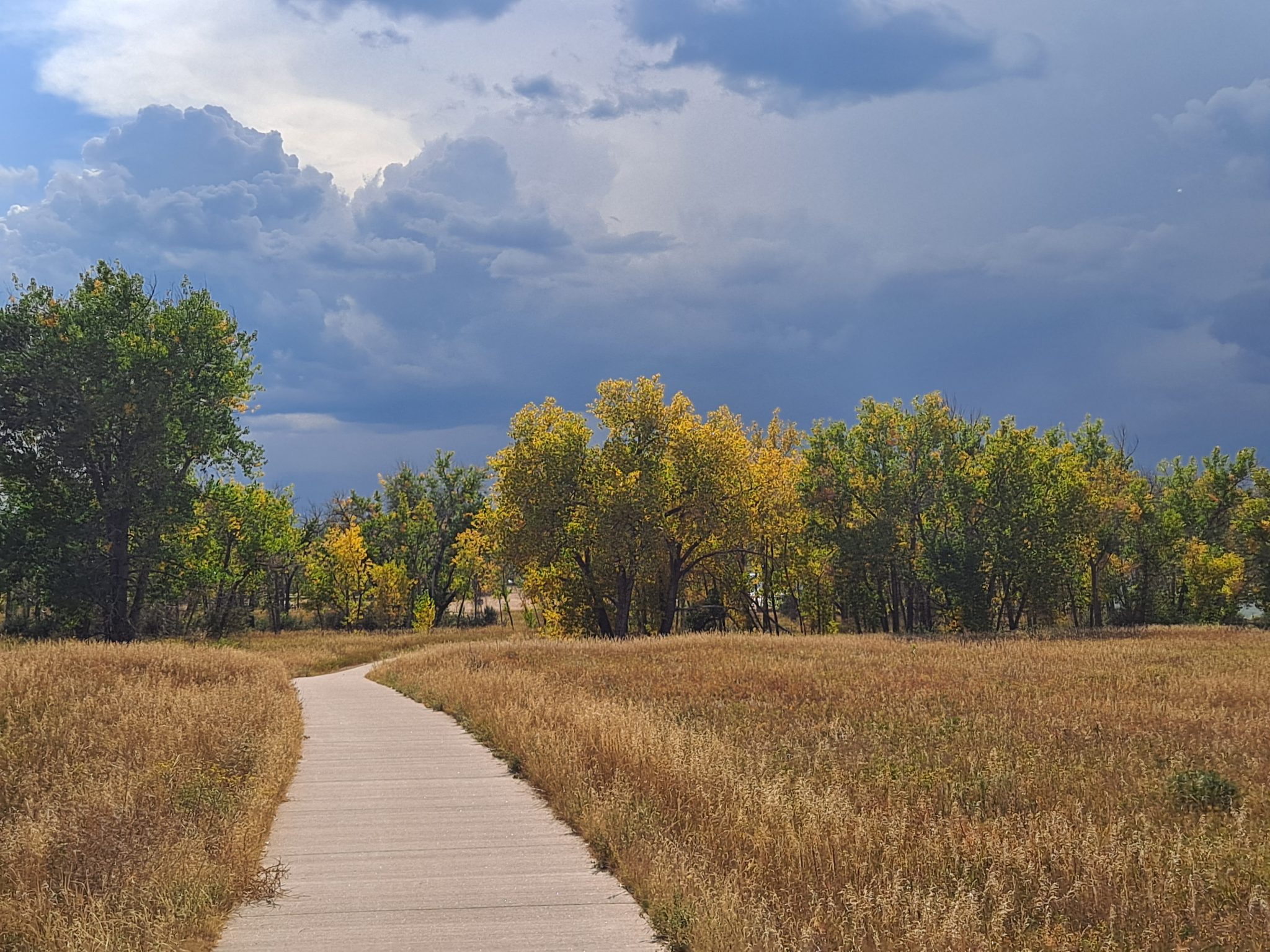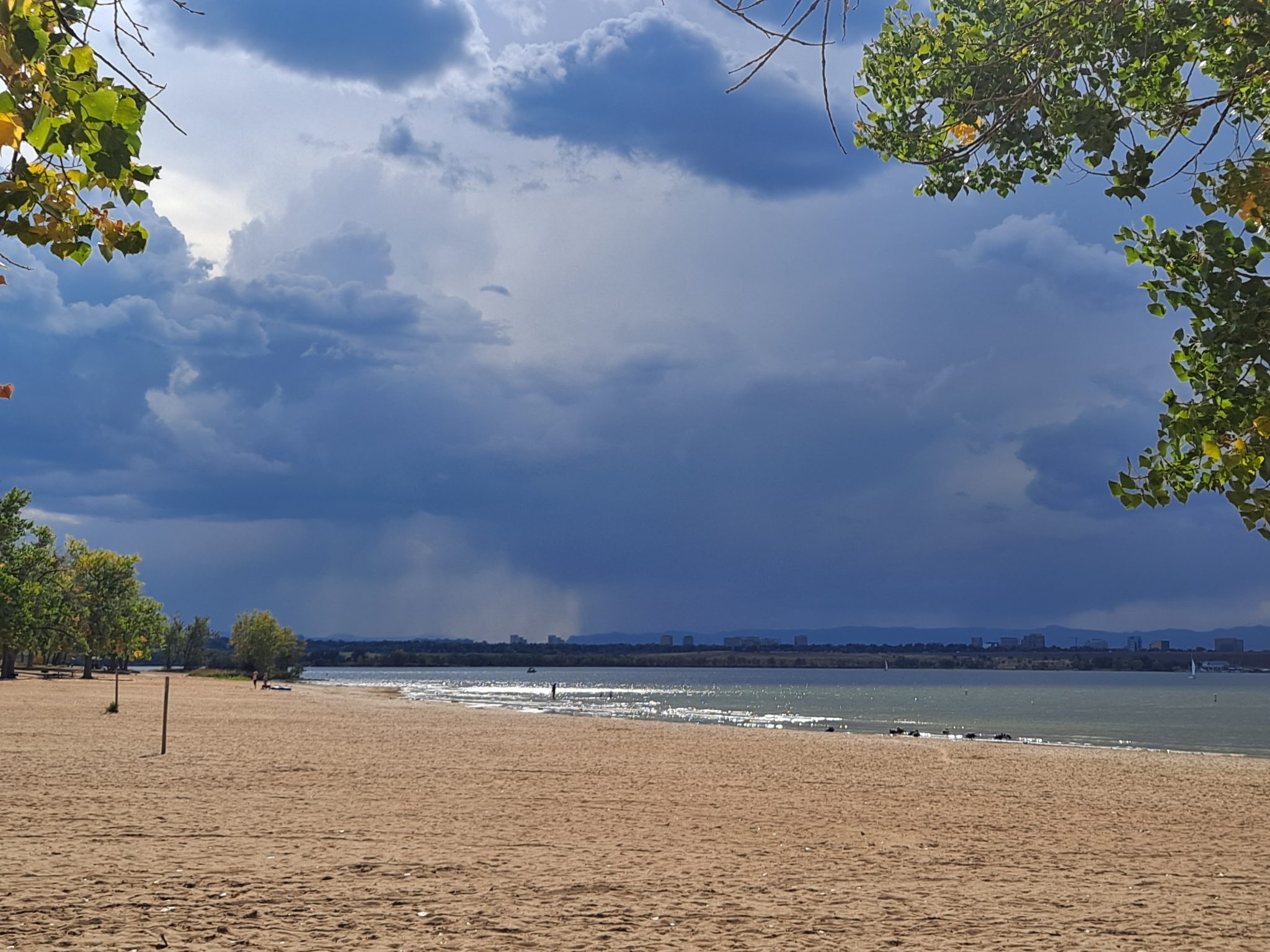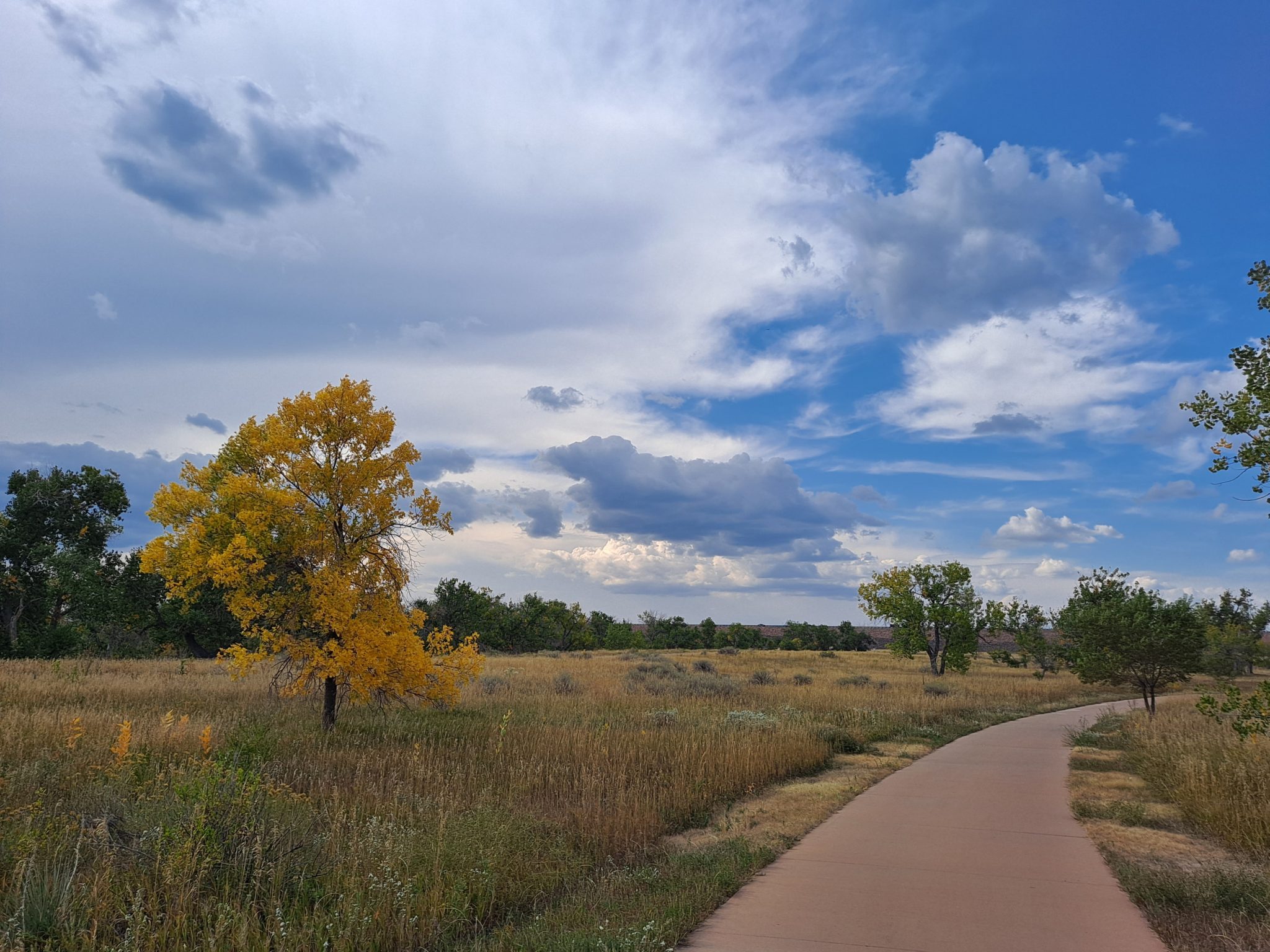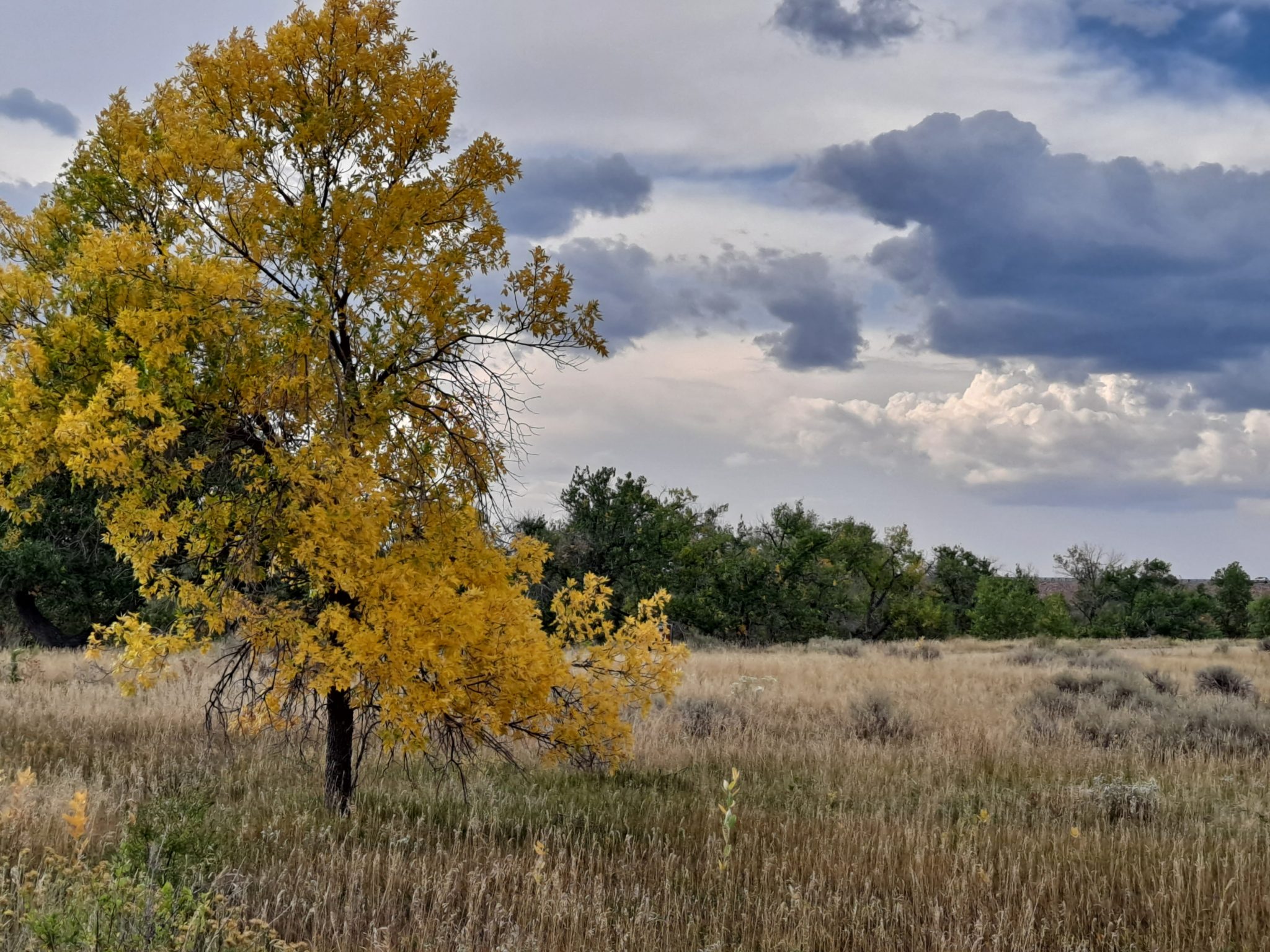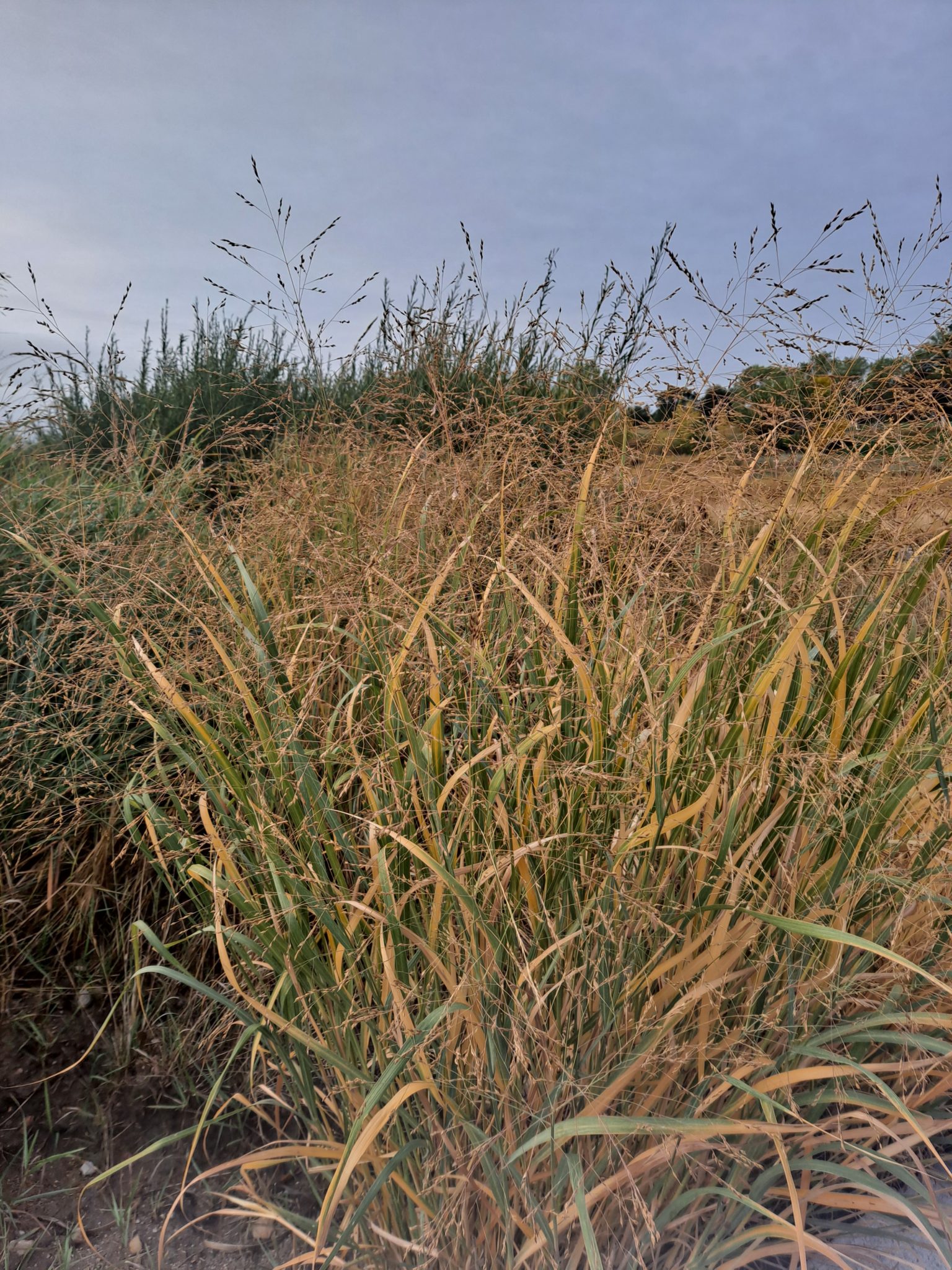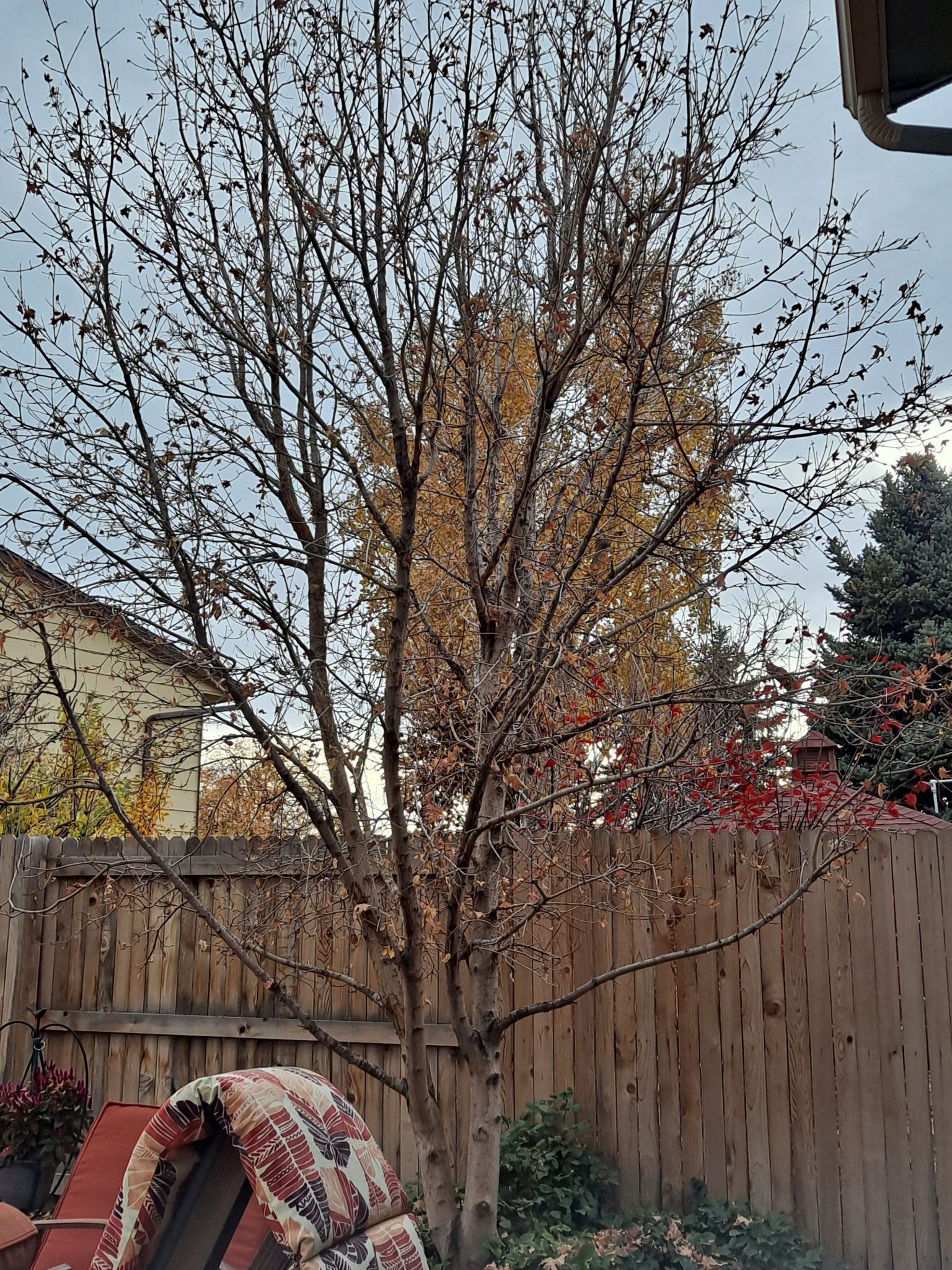
Now that the gardening season is over, it is time for me to review how the Vintage garden fared over the past six or so months. I find doing a year-end review is helpful for me because it allows me perceive and correct weaknesses in the garden. A garden is never finished, and there is always room for improvement.
But a year-end review also helps to remind me that every now and again I have done thing right.
I typically divide my year-end review into “what worked” and “what didn’t”. This year I’m going to go with a ” The Good, The Bad and The Ugly” review.
Let us start off with the Bad.
The Bad
The biggest “bad” in the garden this year has to be my experiment in growing tomatoes in 5 gallon buckets (see here: The garden lull is over, a tomato update and hints of autumn (mrvintageman.com) ). Months of cost and labor that resulted in a pitiful handful of produce. Major bummer.
I’ve decided to try the tomato bucket experiment again next year, with a few modifications. The biggest modification being that I shall put the buckets nearer to the house so I can keep a better eye on them.
The other major “bad” in the garden this year is that I lost several plants over the winter, including a few choice ornamental grasses. Also a major bummer.
This is par for the course when one gardens. I wait on tenterhooks throughout the spring months, anxiously waiting for signs of life from the garden. I’m always absolutely positive that every plant in my garden perished during the cold and dreary months. Most of them do of course return, but every now and then one doesn’t, and the gardener is disheartened.
When this happens, the gardener must try to figure out what happened. Was it just old age? Plants to indeed have life spans. Or was the plant in the wrong spot? Perhaps it was afflicted by some sort of disease. Either way, a decision needs to be made: do I try again or go in a different direction.
In my case, I think the plants were in the wrong spot. So I will try to grow something that might like those locations better. I have all winter to figure it out.
I’d post pictures of the dead plants, but it’s kind of hard to photograph you what isn’t there.
The Ugly
The only real “ugly” I can account for this year occurred in the old veggie garden. When I replaced the veggie garden with a ornamental border, I put in a couple of ‘Powis Castle’ sages to provide focal points. The problem was that these sages grew bigger than I expected and completely swamped the border, making it look dull and ugly.
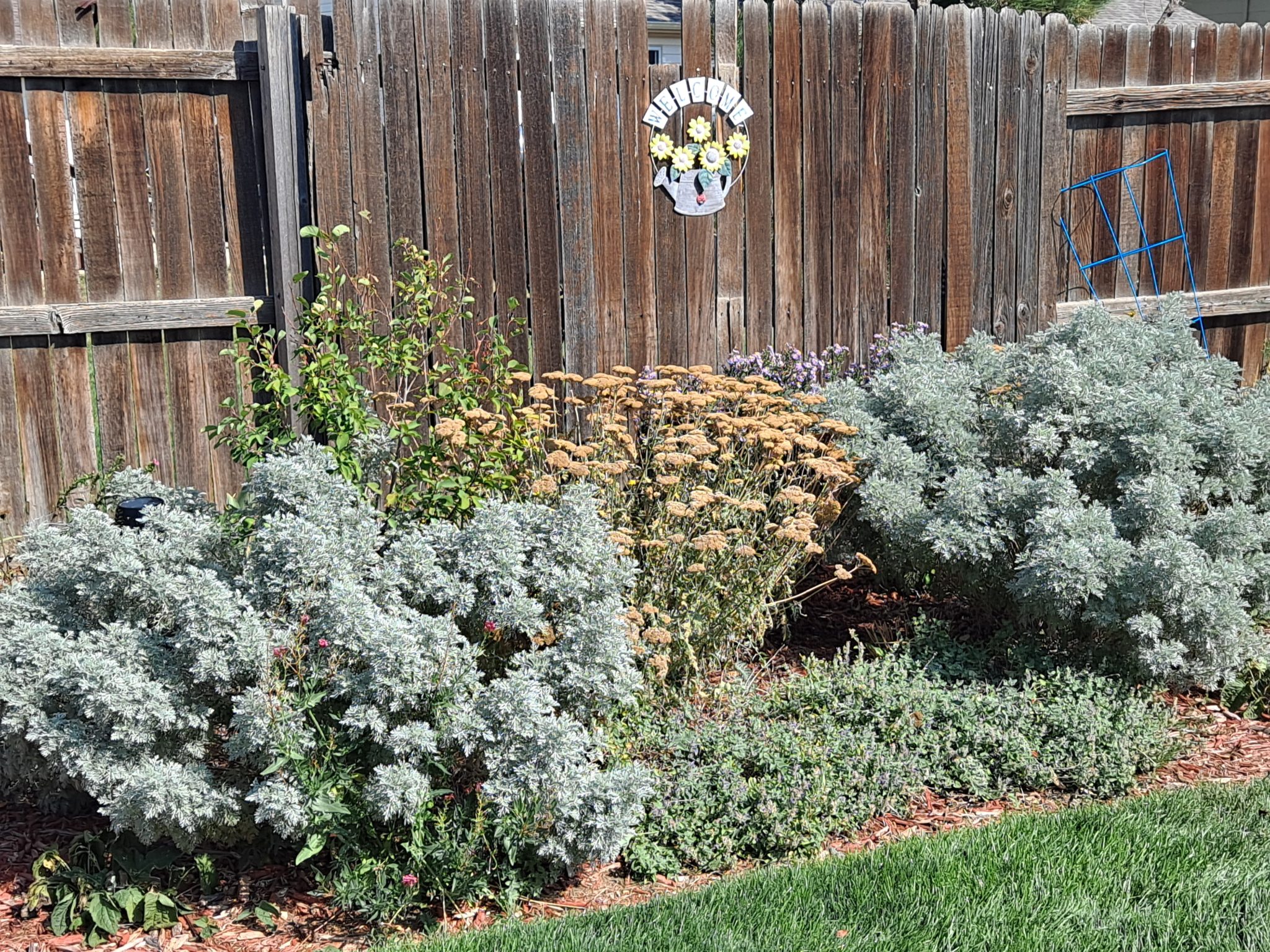
Sages generally tend to prefer lean and dry soil. However, when this section was my veggie garden, I used to put in loads of compost and manure every year. I suspect the soil was so rich that the sages grew to gigantic proportions.
So I pulled them out and moved them to more inhospitable climes, where hopefully they won’t try to take over.
I’ve got some ideas of what I’m going to replace them with in the spring. With any luck, next year this part of the garden will fall into the “good” category, and I’ll be able to share with you the results.
The Good:
There were lots of “good” in the garden this year, but I’m going to focus on one particular aspect that pleases me. I have striven to ensure there is color in the garden from mid-spring until mid-autumn. In spite of the hot and very dry summer, there was indeed something going on in the garden from late April right through until late October. That is six months of continuous display.
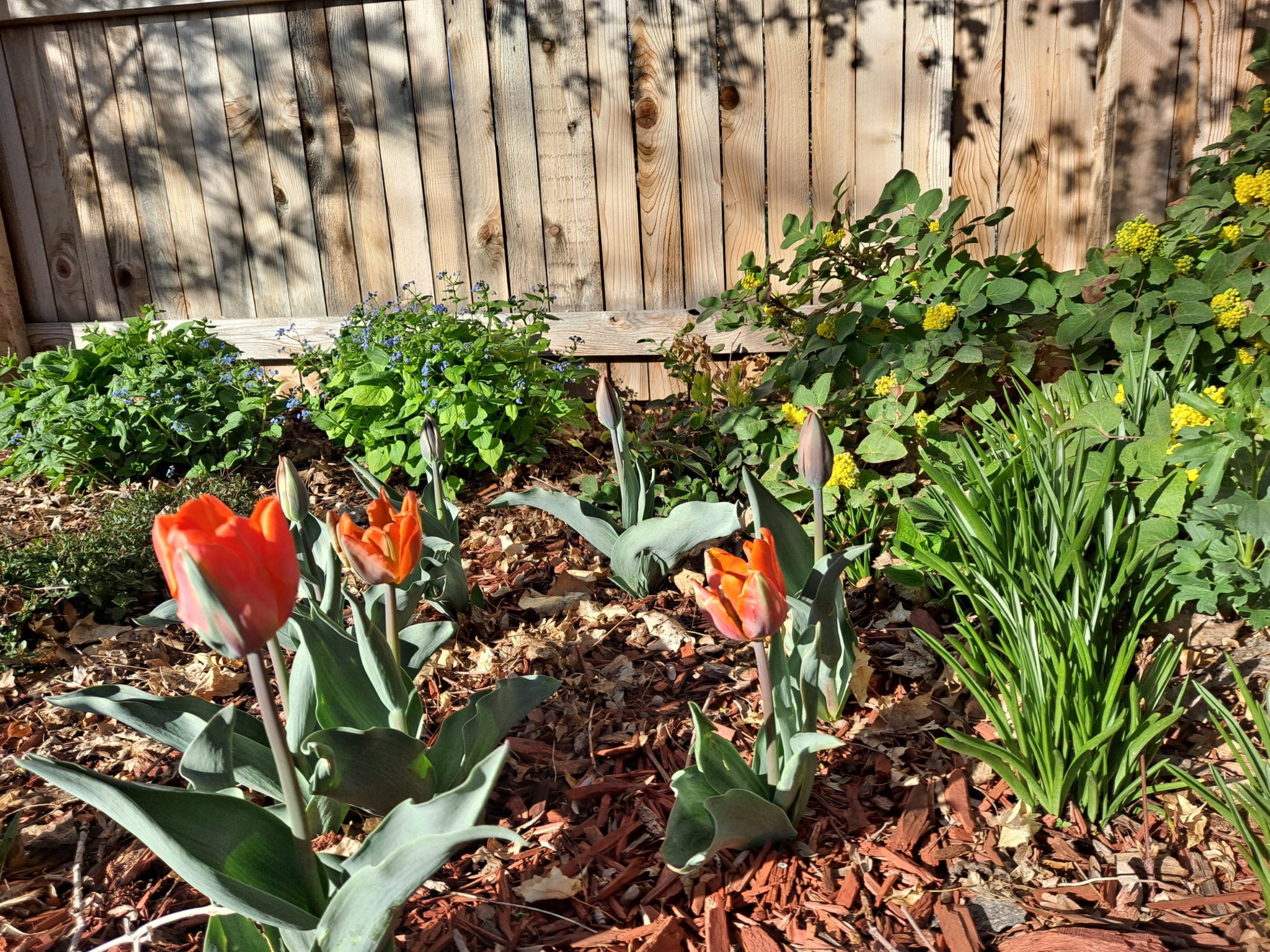
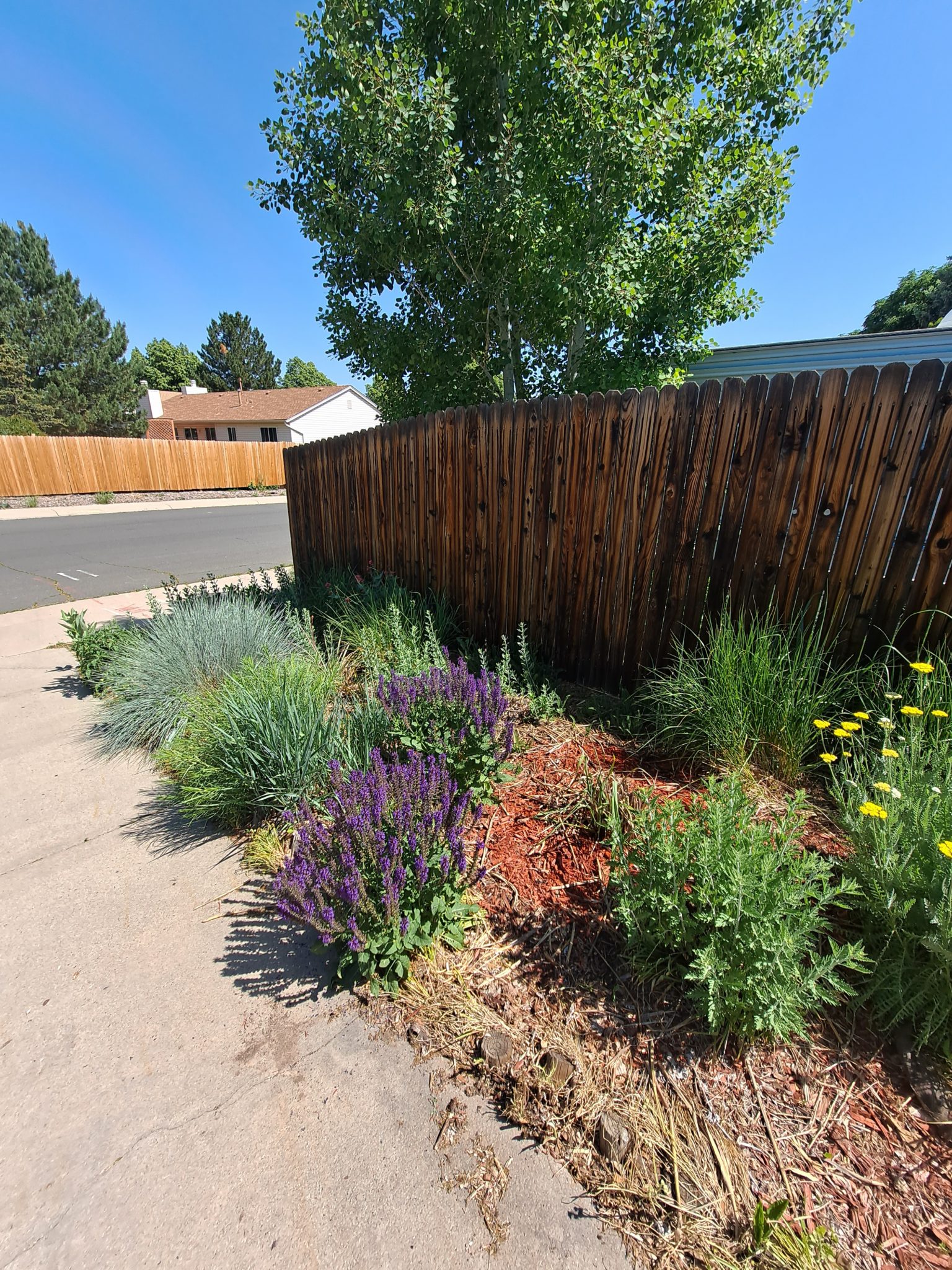
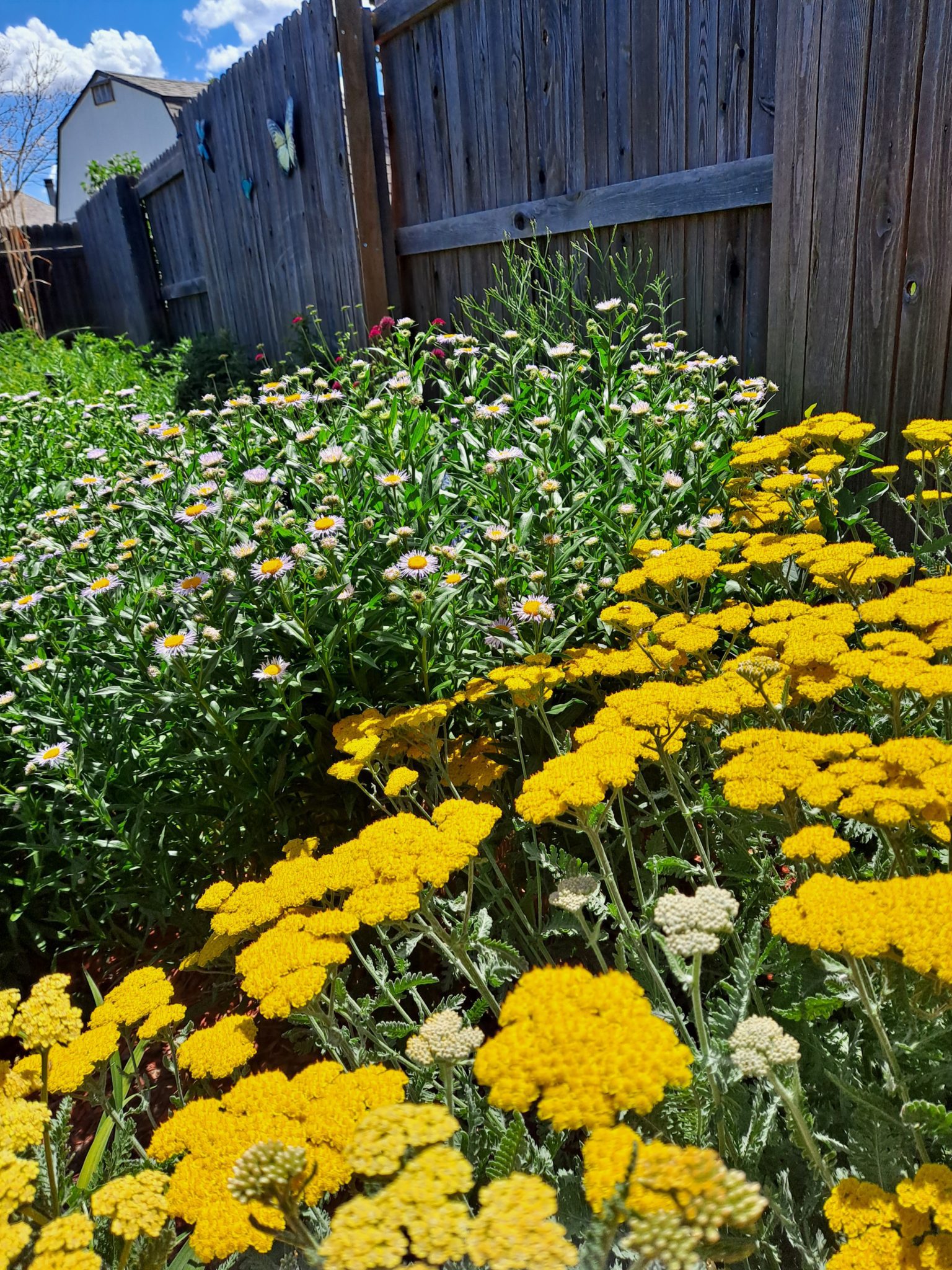
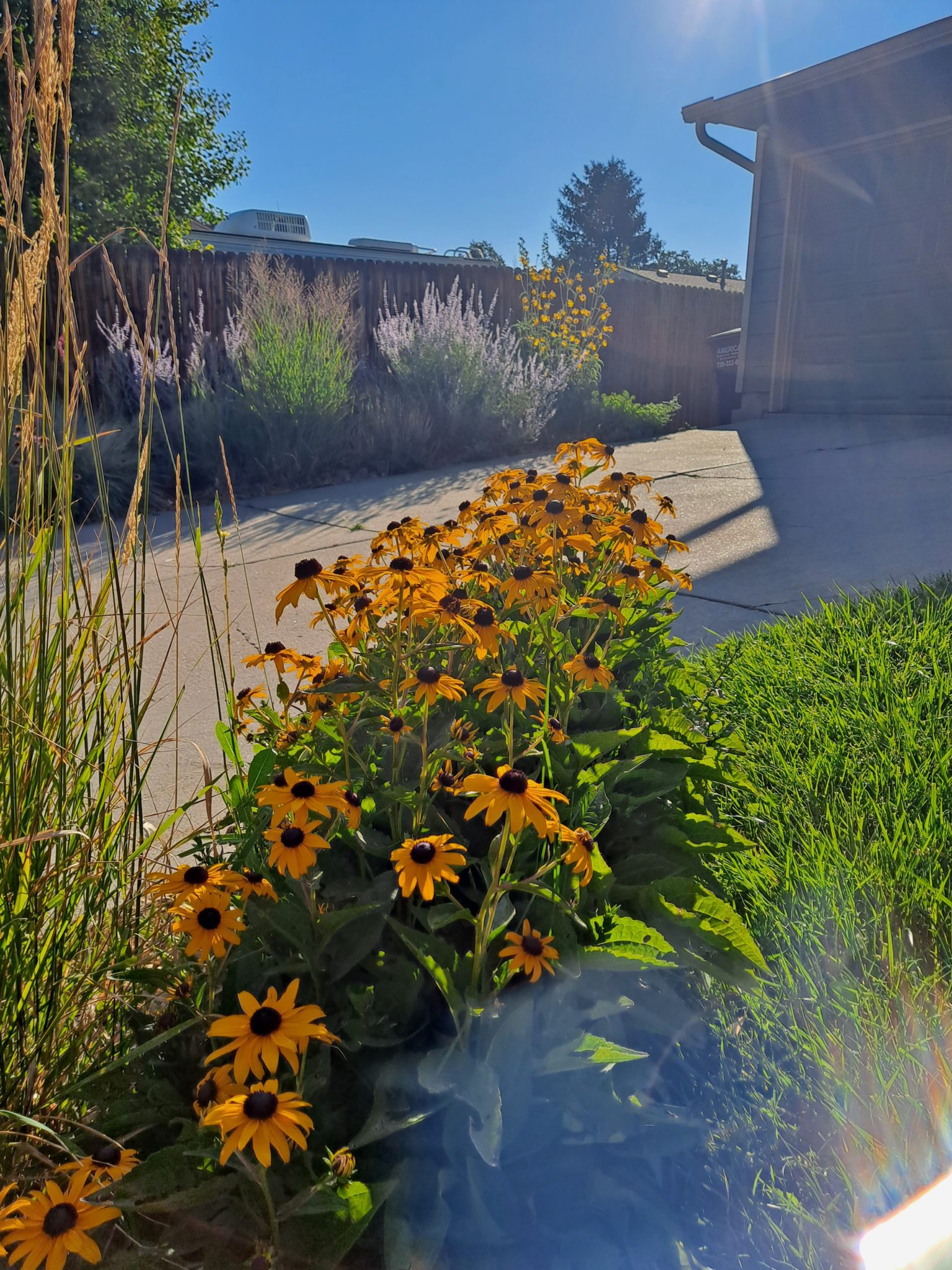
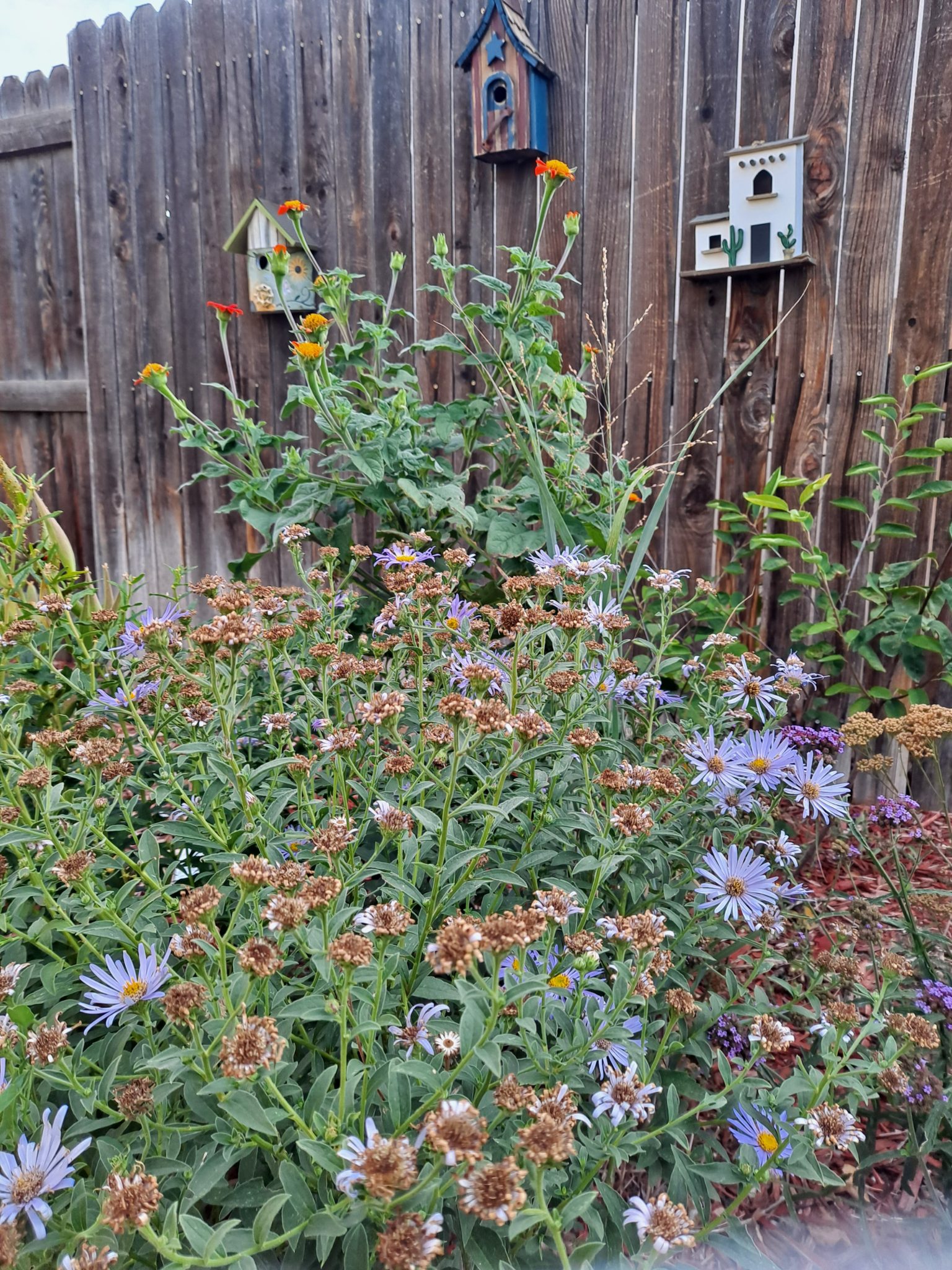
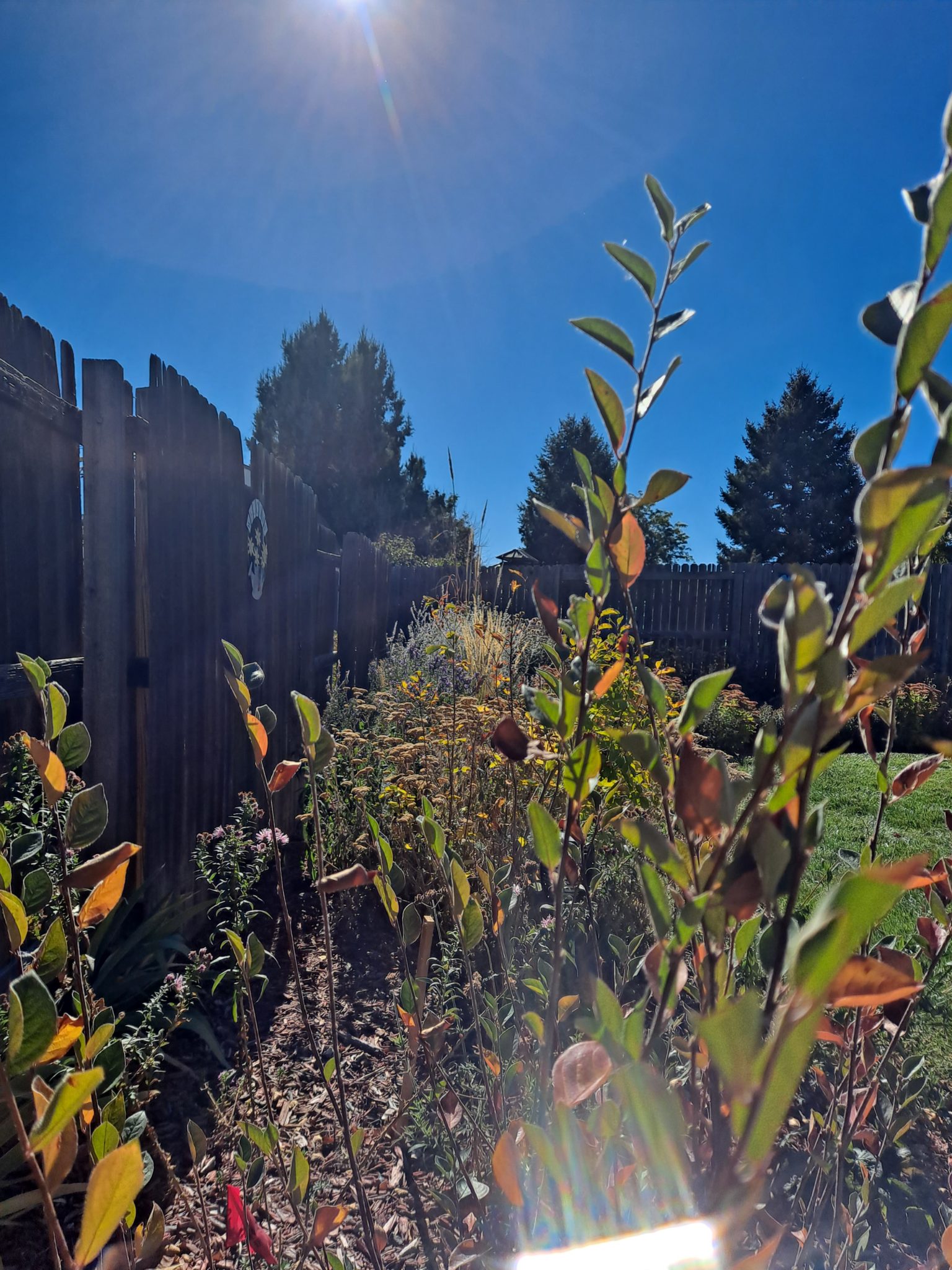
To be sure, the display garden had an ebb and flow to it. The garden in the months of July and August was much more subdued than it was during the riot of color it provided in late spring/early summer. But there was still something for MrsVintage and I to enjoy even during the hottest and most oppressive months of the year.
Last thoughts
The growing season here along the Front Range of Colorado is surprisingly short. Creating a display that last six months here is in my humblebrag opinion quite an achievement.
Almost all the bulbs I plant bloom in mid to late spring. I suppose I could push the envelope and try to extend the season a month or more by planting earlier spring blooming bulbs and perennials. But I find the risk/effort-to-reward ratio to be so small as to be nearly infinitesimal.
For one thing, plants that bloom near the spring equinox tend to be tiny. You need tp plant scores of these itty-bitty plants to create any kind of impact in the garden. And let’s face, bulbs ain’t cheap anymore.
The other issue I have with earlier blooming plants is that the few I do have in the garden almost invariably have their display ruined either by an arctic spring freeze or smashed flat by a heavy spring snow. Or both.
No, I’m going to stick with what has worked for me so far. I’ll will just continue to find ways to make the show even more dramatic during the growing season that is allotted to me.
But for now, both the garden and the gardener need to go dormant over the winter, in order to welcome next year’s growing season with renewed energy and optimism.
